





Passions: Lost & Found maps out paths taken and paths passed by. It reminds us of the direction we thought was right, can sometimes be embraced in the wrong. Being lost and found is such a beautiful awakening. Come find who you are and lose who you once were, and then do it all over again. Revel in the chances not taken and let intuition guide you.
Production Director
Caitlyn Cano
Photographers
John Acello
Brennan Hegedus
Sage Josslyn Holaway
Paul Leachman
Alice Olesiya Runkevich
Gabriela Amable
Videographers
Harry Mussotte
Brennan Carmichael
Priscilla Garcia
Charlotte Perella

Editorial Director
Bella Kubach
Copy Editors
Editor-in-Chief
Sage Josslyn Holaway
Creative Director
Alexa Belcuore
Editor-in-Chief Assistant
Ava Davison
Creative Director Assistant
Jordan Landreneau
Marketing & Finance Director
Summer Stillufsen
Marketing Assistants
Nicole Espinosa
Elise Fuerter
Levana Amador
Allison Todd
Natalie Rogers
Styling Director
Kennedy Carbert
Assistant Styling Director
Alexa Michel Stylists
Ally Voshelle
Leah Goldstein
Arianna Jimenez
Tumise Shoyoye
Levana Amador
Patrick Calmet
Beauty Director
Ava Zimny
Key Makeup Artists
Sonnet Jacobs
Claire Coffey
Juanita Arango
Donika Gayle
09
Haley Dockendorff
Morgan Harms
Content Writers
Morgan Harms
Kim Nguyen
Kendall Ann Clark
Haley Dockendorff
Morgann Rhule
Anjali Kamath
Rameen Naviwala
Digital Director
Alexa Belcuore
Digital Assistants
Ally Voshelle
Courtney Erskine
Alyssa Chimenti
Web Director
Morgann Rhule
Spotify Playlist Curator
Charlotte Perella
Art Director
Ava Davison
Graphic Designers
Patrick Calmet
Yasmina Lowther
Alexa Michel
Harry Mussotte
Kaitlin Padron
letter from the editor
We are all like birds.
We just want to catch the wind. We don’t want to be tied to one route or direction. We choose one and then change it. So why choose? Why clip our own wings before we even try flying?


We fly south for the winter and change our major too many times. We build nests with frail sticks and our friend groups change. We build them up again. We dive down to feast in risk of loss. We make art when we feel our worst and our best. We eat and starve, over and over again. We get caught in the Gulfstream and take it as it comes.
We are burnt-out artists at our best and “young creatives” at our simplest. We are three jobs, an internship, five classes, and one degree away from saying we did it. We are simultaneously an eye-roll away from rebelling and a resume in our dream company’s hands. We don’t know if it’s worth it. But we do it anyway.
Passions: Lost & Found, is about embracing the wrong, reveling in it, losing yourself, and finding it all over again, like so many of us do in our college years. We change our minds and go down wrong paths before realizing what the “right” one is. Sometimes we never find the right one. Sometimes we are lucky and sometimes we work hard for what seems like nothing. For me, Strike was unavoidable and inescapable in the best way possible, like my feet were always meant to travel it. Strike is the road that is home for so many of us, leading us to places and people we never saw coming. It winds and circles paths untaken and we watch them from afar. We chose it every day, to run the path less traveled and force our feet to leave behind imprints, to be lost and found.
My final Issue as Editor-in-Chief takes me through all of the roads I look back on these past four years. Once, I was 18 years old, wearing a mask, leaning against an old Strike Magazine flyer in the hallway waiting for Introductory Statistics to start. Then I became a Production Assistant, then I became a Photographer, then I became an Assistant, then I became the Editor. I am forever grateful for leaning against that flyer and for Emma Oleck taking a chance on me. All of my different paths at Strike have taught me more in four years than 122 credits ever did.
This is a letter from me, but I am barely the sum of the hundreds of Strike staff who have come and gone with me. But mostly, the ones that lead the flock back upstream when I am gone. By the time you read this, we will both be starting something new. I am confident the future of Strike has never been stronger, more passionate, and steady in direction. However, directions are meant to be changed. You have your route and I have mine, and I can’t wait for us to stray.
I am immensely grateful for the people who made Strike Magazine Boca what it is today and ecstatic to follow where it will go from here. We re-route, free fall, get lucky, take chances, listen to our gut, get lost, and get found. Because in the end, we are all like birds.


As we leave the shivering 70-degree Florida winters and daylight starts to linger a little longer, we emerge from our seasonal depression and begin to bloom like spring flowers. It’s time to shake off the winter blues and embrace the radiant energy of spring and summer fashion. Welcome back, dear readers, to Strike’s spring/summer ‘24 trend watch!
Written by Morgann Rhule Layout by Ava Davison
We’re in our bubble era. This unique fabric offers a lightweight and airy feel with a noticeable puffiness. It boasts an incredibly soft texture and pliability, allowing it to drape effortlessly while maintaining its voluminous appearance, often achieving the coveted bubble look. Commonly used for skirts and dresses —both mini and maxi— and bags that frequently feature designs such as clouds and flowers that add a playful staple to your look.

Buckle up; we’re double belting! Recently spotted on beloved model Bella Hadid, the double belt is fun and fashion-forward. It puts a fresh spin on the classic accessory by layering two belts together loosely and effortlessly. Or, for a more timeless trend, it can be used to cinch the waist and create an hourglass silhouette. Double belts make quite the statement, whether paired with high-waisted jeans or casually placed on flowing dresses and skirts.

Yes, to no pants. While we previously leaned towards an oversized top for a preppy vibe, we now channel our inner high-fashion models with underwear-shaped garments layered over black sheer tights. Odd but incredibly camp, the look goes against the rules. It’s best styled with knee-high boots, stilettos, or a kitten heel; we know you can pull it off.
T R N D E
Taffeta
Get ready to channel your inner Hannah Montana because the REAL Y2K is back! Just like our favorite pop princess, we’re doubling up on style with this trend, layering flowy or pleated skirts and babydoll dresses over sleek pants, wide-leg trousers, or cropped jeans.
Serena Vanderwoodsen is screaming over Chemena Kamali’s debut Celine collection, bringing back boho chic. 2014 is having a resurgence, and the free-spirit and laid-back style features scalloped-edge blouses, flowy chiffon tops and dresses, lace and sheer fabrics, chunky sandals, and fringe detail on pieces like kitten-heel booties and jackets.

Marc Jacobs’ Heaven collaborated with ASICS and Kiko Kostadinov, a London designer, to create the ballet flats’ cool, athletic sister. Step back onto the playground during your carefree elementary days with sleek, streamlined flats designed similar to the comfort and functionality of your favorite sneakers, adorned with buckles usually seen on sandals and multiple crisscrossed elastics like ballet flats.

The minute I’m off the clock, I’m ready to party. This trend is about seamlessly transitioning from the boardroom to the bar without skipping a beat. Picture this: tailored blazers paired with sleek trousers during the day, then swapping out the bottoms for a mini skirt or leather pants when the work day ends.
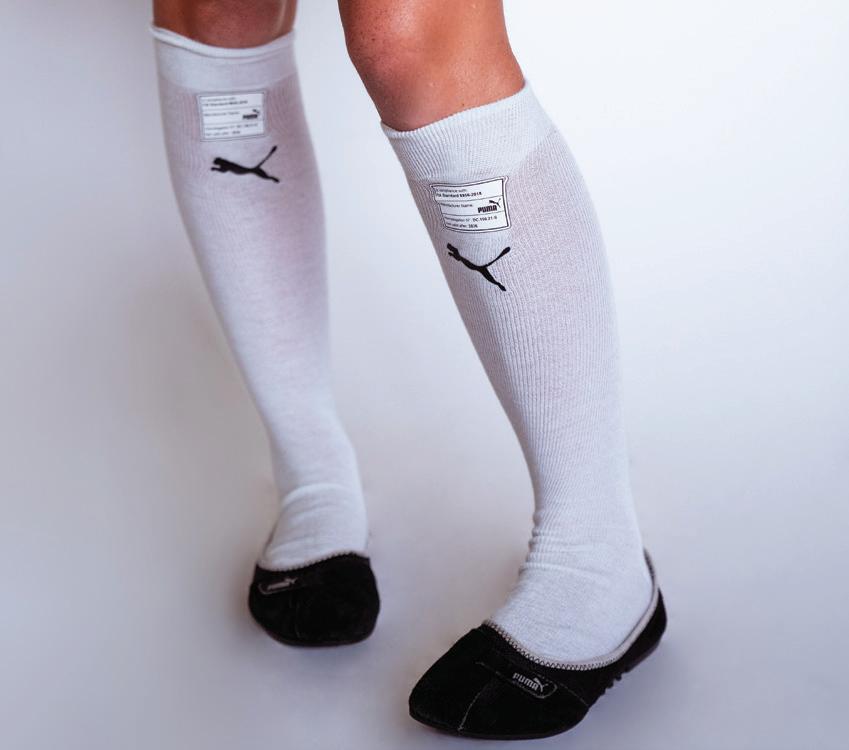
Well, this was fun. Bye-bye for now, and see you next season!






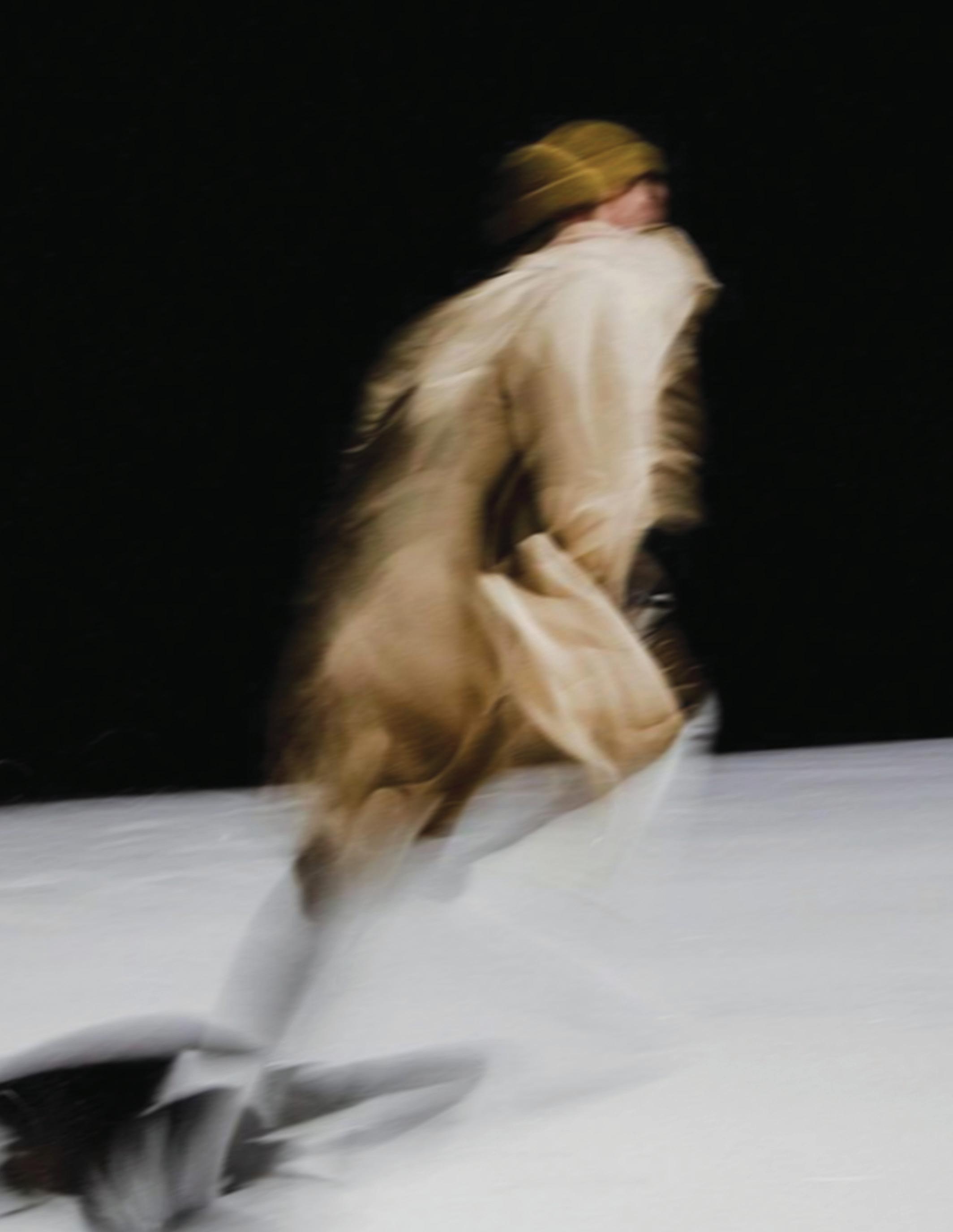
In the ever-evolving fashion world, trends come and go faster than the blink of an eye. Yet, amidst the constant change of styles, there's an intriguing singularity: the resurgence of past fashion eras. From the bell-bottoms of the '70s to the minimalist chic of the '90s, fashion's retrospective gaze seems sharper. But as designers and consumers alike dive into the archives, one question looms: Are we hindering innovation by fixating on the past?
The rediscovery of past styles is expected due to the cyclical nature of fashion. Popular trends fade away only to come back again. In the last 15 years, there has been a back-andforth fight between the minimalist and maximalist persona. From the resurgence of '80s power dressings that featured bold colors, shoulder pads, and exaggerated silhouettes to the revival of '90s minimalism like monochromatic and simple structures. Then, in the early 2000s, designers went right back to maximalism, showcasing collections with heavy pattern mixing and the inescapable epidemic of logomania.
But why is the past resurfacing so quickly?
For one, it could be the constant allure of nostalgia. As society grapples with the rapid pace of technological
advancement and social change, there's a yearning for comfort and familiarity. Nostalgia serves as a form of escapism, offering a reprieve from the complexities of the present. In times of uncertainty or upheaval, we need the revival of familiar styles as we ache for stability and reassurance. By revisiting styles from past decades, designers pay homage to different eras, movements, and subcultures, helping to keep their legacies alive.
Versace's Spring and Fall '24 collections have been a revisit to the past, feeling like deja vu. It's no secret that creative director Donatella Versace often looks to the brand's archives for inspiration. The spring collection featured a mix of nostalgic references, including surreal shapes reminiscent of the 1960s Barbarella era and some elements with their versatile checkered print on dresses, skirts, and blazer sets borrowed from the 1995 collection. Her Fall '24 collection was "A Tapestry of Timeless Elegance." More ‘90s inspirations (which have the industry in a chokehold), including structured silhouettes, embellished evening wear, and the use of iconic motifs such as the Medusa head emblem and baroque prints.
While Versace continues to produce high-quality clothing through traditional craftsmanship, redesigned tailoring, and impeccable
styling, some may find it ill-inspired. As we continuously revel in the allure of nostalgia, we must question the impact on innovation—when the tendency for the past to weave its way into modern collections, it should be reimagined, not repeated.
In Pharell Williams's debut collection as creative director for Louis Vuitton, his inspiration was drawn from the iconic LV Damier chessboard pattern first invented by Louis Vuitton and his son Georges Vuitton in 1888. His designs blended classic patterns with modern innovation to reflect the past and present. He revitalized traditional motifs, infusing them with a distinct JW Anderson-inspired flair, adding a captivating 3D dimensionality. Additionally, he introduced a fresh interpretation of the iconic 'LV' monogram, ingeniously merging it with the word "lovers." This fusion pays homage to Pharrell's roots in Virginia, drawing inspiration from the state's beloved slogan, "Virginia is for Lovers."
Designers like Pharrell shouldn't feel obligated to pay homage to the past. However, the resurgence of past styles reflects a tug-of-war between consumer demands and industry innovation. Driven by preferences for familiar and comforting aesthetics, this revival poses a compelling challenge to pursuing genuine creativity and progress within the fashion industry.

The focus on pleasing consumers can prevent designers and brand directors from finding their niche and stifling creative expression. One of the significant dangers of fixating on consumer demands is the risk of perpetuating a cycle of mediocrity. Designers constantly cater to the familiar and risk getting stuck in a repetitive loop, regurgitating tired looks and uninspired designs.
This stagnation is evident in the lack of experimentation and risktaking. The notion of catering solely to familiar and comforting styles has long been used as the key to success. Designers rely on meeting these perceived demands to secure a place in the market. The drastic change from brands like Gucci attests to that.
In 2018, Gucci captured the attention of the fashion world with its fearless and boundary-pushing designs under the creative direction of Alessandro Michele. The brand embraced eccentricity, mixing vibrant colors, clashing patterns, and intricate embellishments to create a distinct aesthetic that resonated with consumers seeking bold selfexpression. However, fast forward to the present, and Gucci’s once audacious style has undergone a notable transformation. The current vibe and aesthetic reflect a more restrained and minimalist approach,
departing from the risk-taking spirit that defined the brand before to a more “quiet luxury,” which has recently increased popularity.
The opinions and responses of fashion critics to a collection undoubtedly impact consumer wants. In the current digital era, when social media magnifies every criticism and remark, designers must balance being innovative and accommodating. Designers often err on the side of caution rather than risk being too unique or avant-garde because of the potential fear of negative feedback.
This hesitance to push boundaries is palpable and noticeable within the industry. Designers may feel pressure to cater to mainstream tastes and adhere to the aesthetics they’ve already presented, knowing they will appease audiences. There is a tendency to play it safe, sticking to familiar styles and trends rather than taking bold creative leaps.
The fall 2017 collection by Balenciaga, under the creative direction of Demna Gvasalia, received mixed reviews from consumers. Gvasalia introduced unconventional design shapes characterized by oversized silhouettes and exaggerated proportions. While these elements may sound intriguing, the collection fell short, described by Vogue as “awkward and over-fash-
ion-y.” In response to the criticism, Gvasalia shifted gears for the following collection, drawing inspiration closer to his own brand, Vetements, in an attempt to refine his approach and appease the masses, possibly knowing he would receive positive critiques.
A cultural shift is necessary to move away from the need to find comfort in the past to rekindle true creativity in fashion. Brands must reclaim their creative autonomy, unshackling themselves from the confines of commercial constraints and societal expectations. Embracing risk-taking and experimentation is essential in pushing the boundaries of fashion and fostering a culture of innovation. Moreover, the industry must prioritize supporting emerging talent, providing platforms and resources for them to showcase their originality and creativity.
Of course, we can’t just say that every single brand has lost its creativity, innovation is hindering, and Darwin lied about evolution. Still, in this new fashion era, we see originality taking a backseat to nostalgia. So please stop digging into the archives, I’m begging. Moving forward, we are embracing diversity, encouraging newness, and breaking free from being comfortable in familiarity.


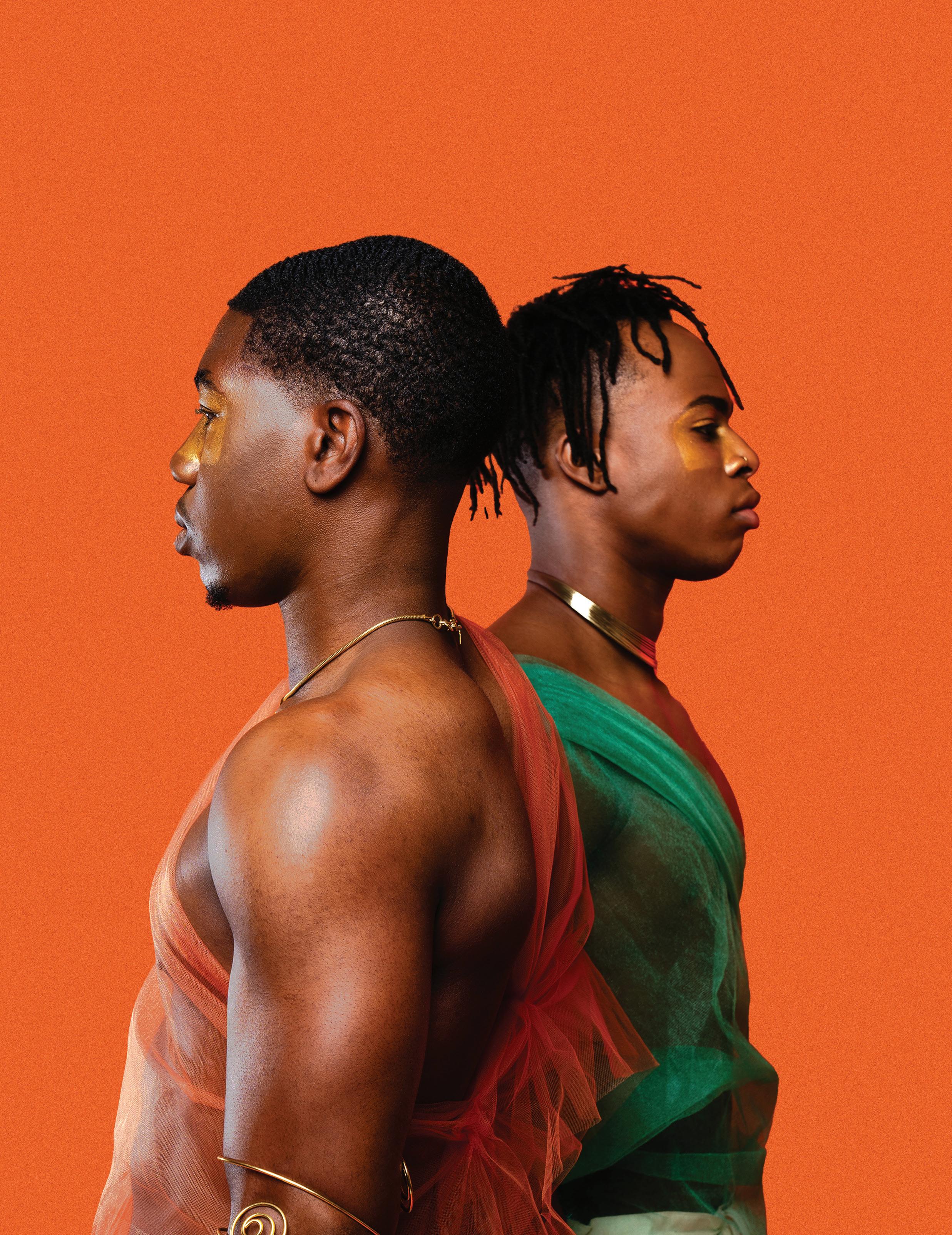




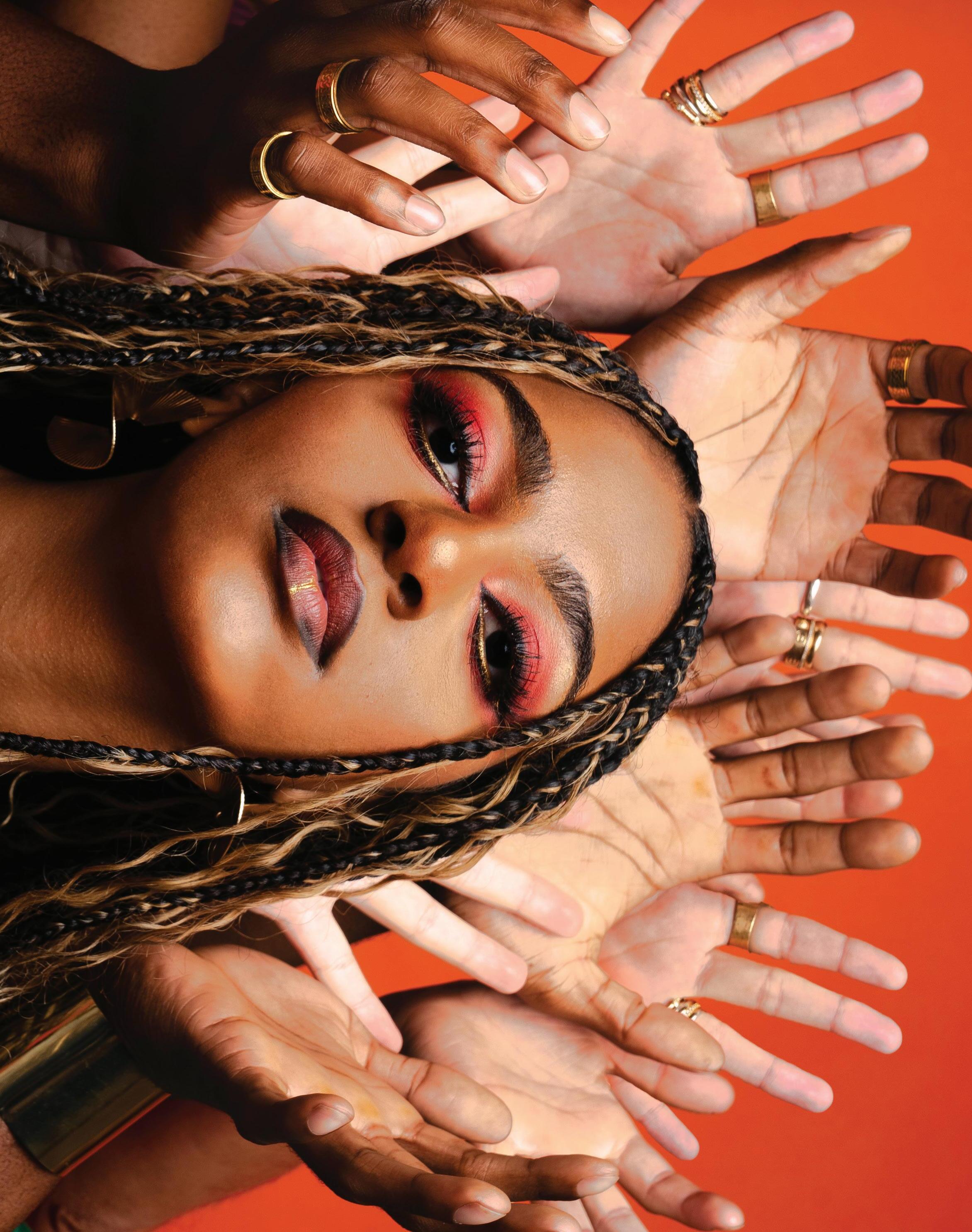
 Photography by Alice Olesiya Runkevich, John Acello
Photography by Alice Olesiya Runkevich, John Acello


According to the Merriam-Webster Dictionary, religion is “a personal set or institutionalized system of religious attitudes, beliefs, and practices.” The word religion stems from a Latin word that means “to tie or bind together.” Whether that be an inanimate god, a physical leader, or a concept, in all societies, people have found something to put above them and rely on for faith. Religion has found its way into every crack and crevice of human life because to be human is to believe.
What does it mean to believe? In a general sense, believing is having confidence that something, perhaps even someone, is real. It is trusting that, though there may not be concrete evidence to support it, the belief is true. Centuries have passed, and the arguments surrounding religion have only grown more significant. Is it something programmed into one's brain from the start, or something picked up along the way?
I was a Christian in my younger years and chose to get baptized at the age of 10. But, 11 years later, I no longer identify as a Christian. In my teenage years, I found myself having too many unanswered questions about the Bible, God, and the rules of the Christian religion to dedicate myself to it.
I share my experience because it is a common one. Throughout life, things will happen that make one question what they initially believed, which is okay. While I still believe in a higher power, I do not necessarily think it is a long-haired, white man controlling things in heaven. I also agree with the possibility of more than one force playing a part in what happens to us. It’s hard to nail down the exact time I disconnected from my religion. All I know is I stopped attending church regularly during my freshman year of high school. Part of that was because I would rather spend Saturday night sleeping over at a friend's house than going to bed early to get up for church the next day. The other part was that I did not feel connect-
ed anymore. Church began to feel more like story time than something I was actively engaged in. Though I still did not believe we simply came from nothing, I started exploring that maybe my god was something else. Despite losing my original belief, it dawned on me: why do I still want to believe? Then I stumbled upon the research of cognitive scientist Justin Barrett, who discovered the Hypersensitive Agency Detection Device (HADD), which is basically the term for how human brains “attribute agency” where it may not exist. This helped me understand my, and all humans, need to believe.
Humans are inherently religious, according to science. It is in the genetic makeup of the human brain. In an article by the BBC, Barrett, who has spent his entire career studying the brain, said his research concludes that the brain's architecture suits religious beliefs. HADD proves that it is human nature to seek meaning derived from believing in something. The brain is looking to attach meaning unconsciously all the time. The research explains that HADD is a non-reflective belief, which means it is always happening, even if we are unaware. A reflective belief is something that the brain actively thinks about. Reflective beliefs are derived from non-reflective beliefs. So, since the human brain is unconsciously wired to find agency and intention, through HADD, consciously choosing to find something to believe in, like organized religion, comes easily. Traditional God-believing religions are usually passed down through families. If it is a part of a family's lifestyle, then the children will be told it is a part of theirs, too. There are two main groups of God-believing religions: ethnic religion and universalizing religion. Hinduism and Judaism are prime examples of ethnic religions. These religions are handed down through generations within the same ethnicity and culture. It is not as familiar to convert to ethnic religions as to convert to universalized religions be-
cause of the heritage attached to them. Christianity and Islam are universalizing religions, meaning they appeal to the universal population rather than specific groups. They are open to conversion and welcome anyone from anywhere to participate in their system. Both have a set of beliefs, rules, and rituals practiced by their followers. They also offer a more formal, structured way to be religious and pinpoint a specific person as their “savior.” It is important to note that there is nothing wrong with believing in these traditional religions, especially when you are told to do so in childhood. Teaching kids simple phrases like Proverbs 11:27, “Do good and good will come to you,” will cement solid ethics in their minds. However, a young mind is only a young mind for so long. Throughout life, a change in at least one belief is almost inevitable.
But remember when I said I stopped believing the man in the sky was controlling my life? My religious instinct still wanted to find something to place my belief in.
Non-traditional religions and spirituality are very popular, alternative ways to place belief in an array of things rather than one God. People turn to these ways of believing for numerous reasons, but growing up in a household centered around them is less typical. Non-traditional religions include, but are not limited to, Pantheism, Paganism, and Agnosticism. Pantheism is the belief that what is divine is here on Earth. Instead of putting faith in supernatural powers, they put faith in natural powers. The McGill Office of Religious and Spiritual Life explained pantheism as “God = Universe. Due to the fact that greatness lies within this very Earth, Pantheists be-
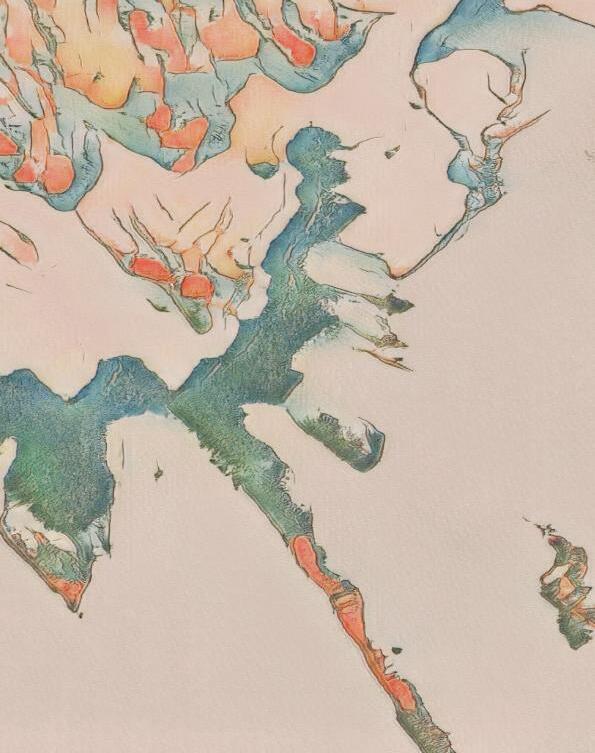
lieve that it should be loved, valued, protected, and revered.” Paganism can be confused with Pantheism because they believe that nature is divine and that natural life cycles provide spiritual meaning. It sounds similar to Pantheism, but the core difference is Pagans can believe in multiple gods, while Pantheists do not believe in any supernatural god. Pagans use their gods as links to connect them with the divine, rather than the gods being the divine themselves. Lastly, Agnosticism acknowledges that humans can not be 100% certain there is or is no god/gods. Agnostics can believe in a supernatural god but are transparent enough to say they are unsure. This circles back around to HADD; the brains want to find intention even without evidence.
Spirituality is an enormous concept to grasp, but truthfully, one of my favorites. Georgetown University National Center for Cultural Competence defined spirituality as “a quality that goes beyond religious affiliation, that strives for inspiration, reverence, awe, meaning, and purpose, even in those who do not believe in God.” To be spiritual is to believe in love, compassion, wisdom, truth, the afterlife, and more. The possibilities of spirituality are limitless, unlike traditional and non-traditional religions. It is believing in its most raw, unsystematic form. So, no, I may not know God in his Christian form anymore. But I do know that there is always something to believe in. Having faith is not constricted to God. I can believe in the universe, nature, love, and much more. Which is why having a religious instinct is human nature. Humans want to believe in something bigger than themselves. It is in our bones to hope that someone or something is by our side, helping us navigate life.
WRITTEN BY KENDALL ANN CLARK ART AND LAYOUT BY PATRICK CALMET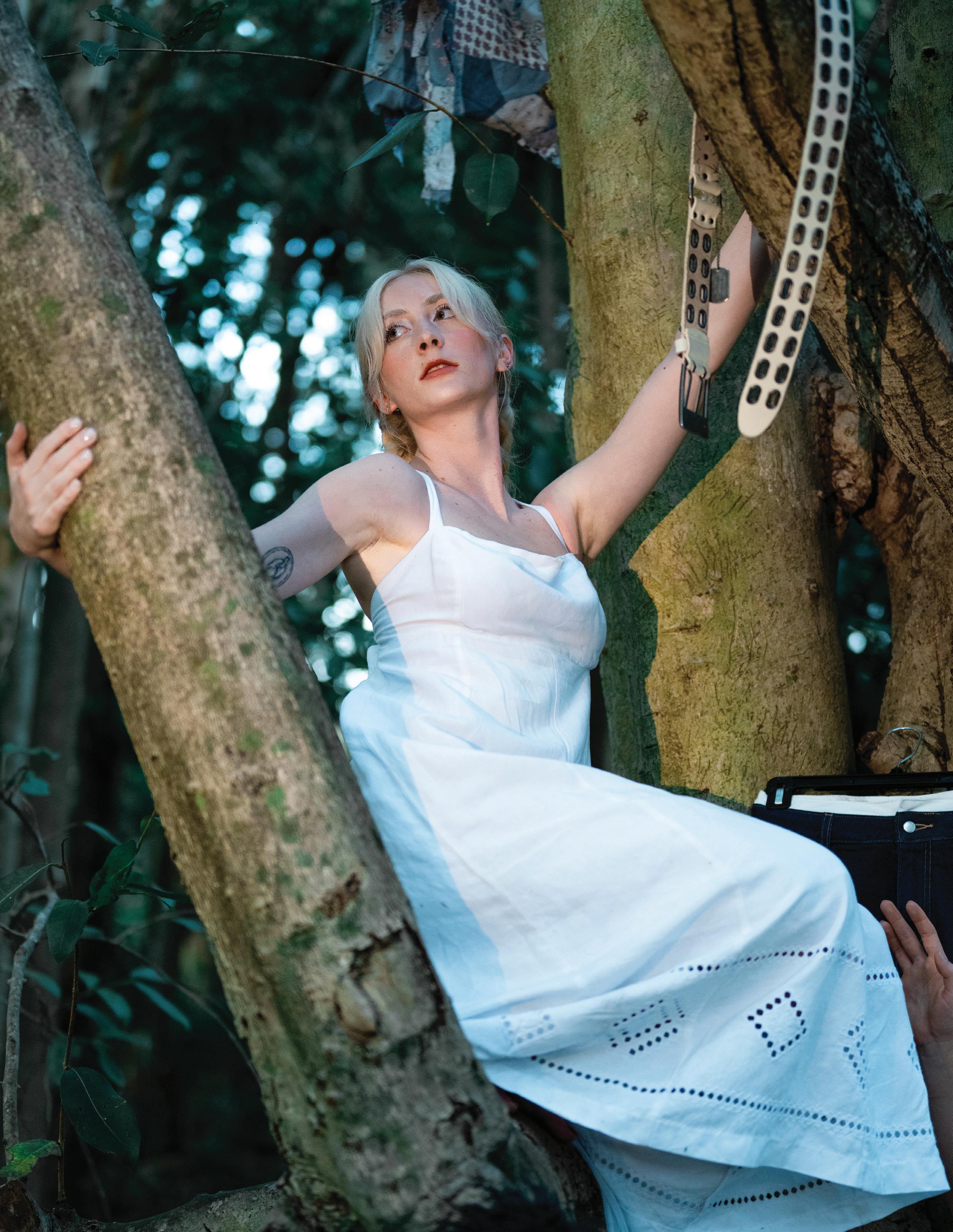
Our whole lives are spent preparing for one thing: the rest of our lives.
Once we leave the security of our mother’s womb, we are training, preparing, and deciding the course for the rest of our time on this earth.
We are told that if we put our minds to something, we can do it. Anything that our little hearts desired could be attainable with enough hard work and determination. Aspirations of being a doctor, a teacher, a vet, and a model danced in our heads. Before we could even conceptualize the idea of labor in exchange for pay, we were picking out our careers and staking a claim in the territory we thought we
wanted to spend the rest of our lives in.
As we continue on in our journey of life, we learn more about ourselves and others. We learn our preferences about people, partners, jobs, and lifestyles. Our attitudes change and adapt, and we try to keep re-picking a direction or a path to head down that best aligns with those values.
But what happens when there’s more than one thing that we enjoy? More than one path we want to explore? What do we do then?
American poet Sylvia Plath describes this battle in an incredibly powerful way. In her novel The Bell Jar, there is an analogy to a fig tree that reads,
I saw myself sitting in the crotch of this fig tree, starving to death, just because I couldn’t make up my mind which of the figs I would choose. I wanted each and every one of them, but choosing one meant losing all the rest, and, as I sat there, unable to decide, the figs began to wrinkle and go black, and, one by one, they plopped to the ground at my feet. “ “
I saw my life branching out before me like the green fig tree in the story. From the tip of every branch, like a fat purple fig, a wonderful future beckoned and winked.
One fig was a husband and a happy home and children, and another fig was a famous poet and another fig was a brilliant professor, and another fig was Ee Gee, the amazing editor, and another fig was Europe and Africa and South America, and another fig was Constantin and Socrates and Attila and a pack of other lovers with queer names and offbeat professions, and another fig was an Olympic lady crew champion, and beyond and above these figs were many more figs I couldn’t quite make out.

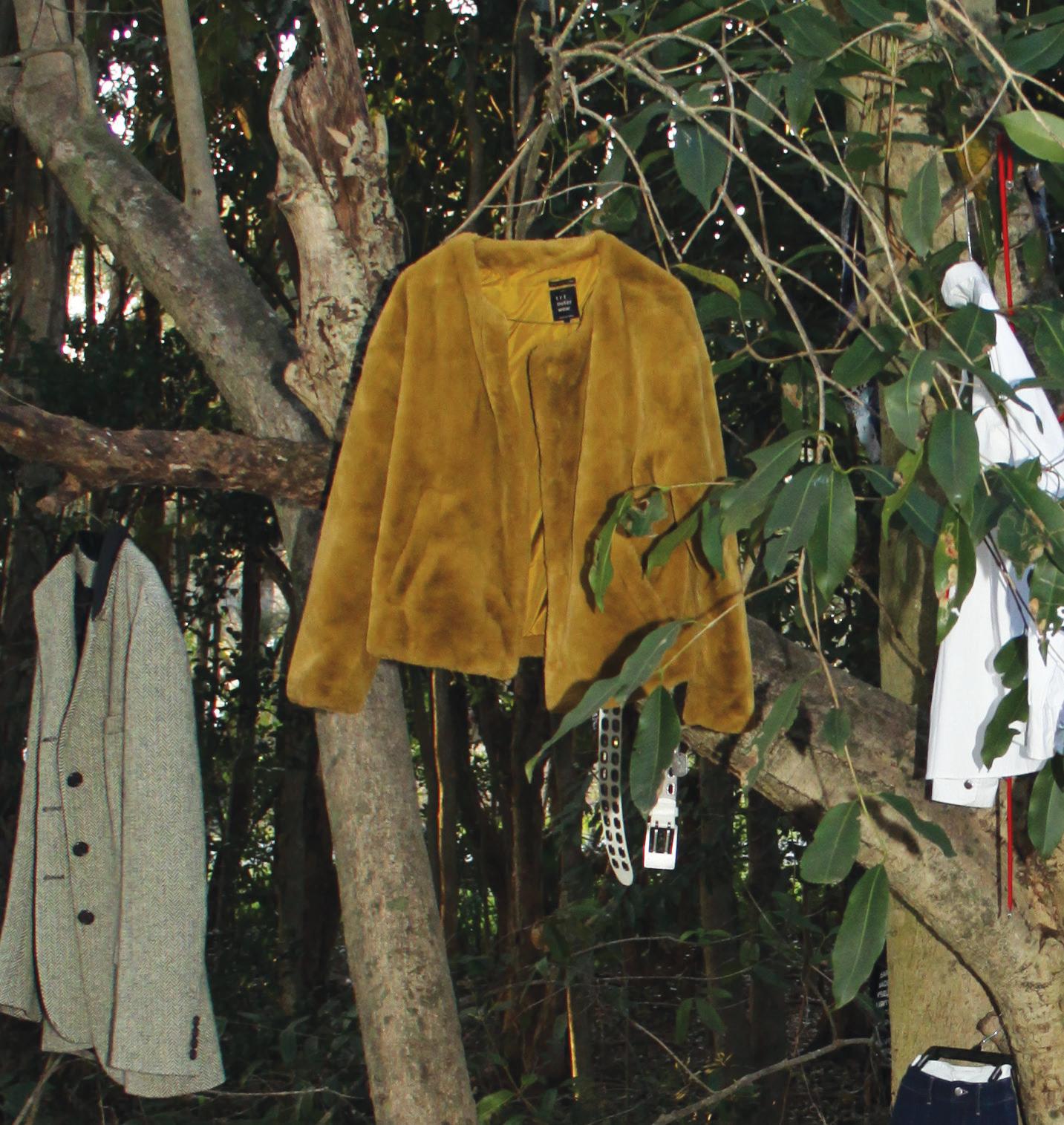
 Photography by Brennan Hegedus, Paul Leachman Styling by Patrick Calmet, Kennedy Carbert
Photography by Brennan Hegedus, Paul Leachman Styling by Patrick Calmet, Kennedy Carbert
All of our lives, we work toward something, a vision, or a dream, but we’re also anticipating this one big “Ah-ha!” moment– something more, something bigger, a clear sign of our purpose. It’s as if we think one day the heavens will call down upon us and say, “I choose you!”
Spoiler alert: it will not just fall into your hands. It won’t hit you in the face. You won’t wake up one day with a clear head and know with absolute certainty what you are going to do with your life.
A particular type of fear and loneliness comes with choosing your path or finding your “life purpose,” and just like the figs in the story, your options and time start to run out.
For some, this can create a panic powerful enough to freeze you in time. Unable to move, you instead watch–at the mercy of your own indecisiveness–as the figs fall and rot at your feet.

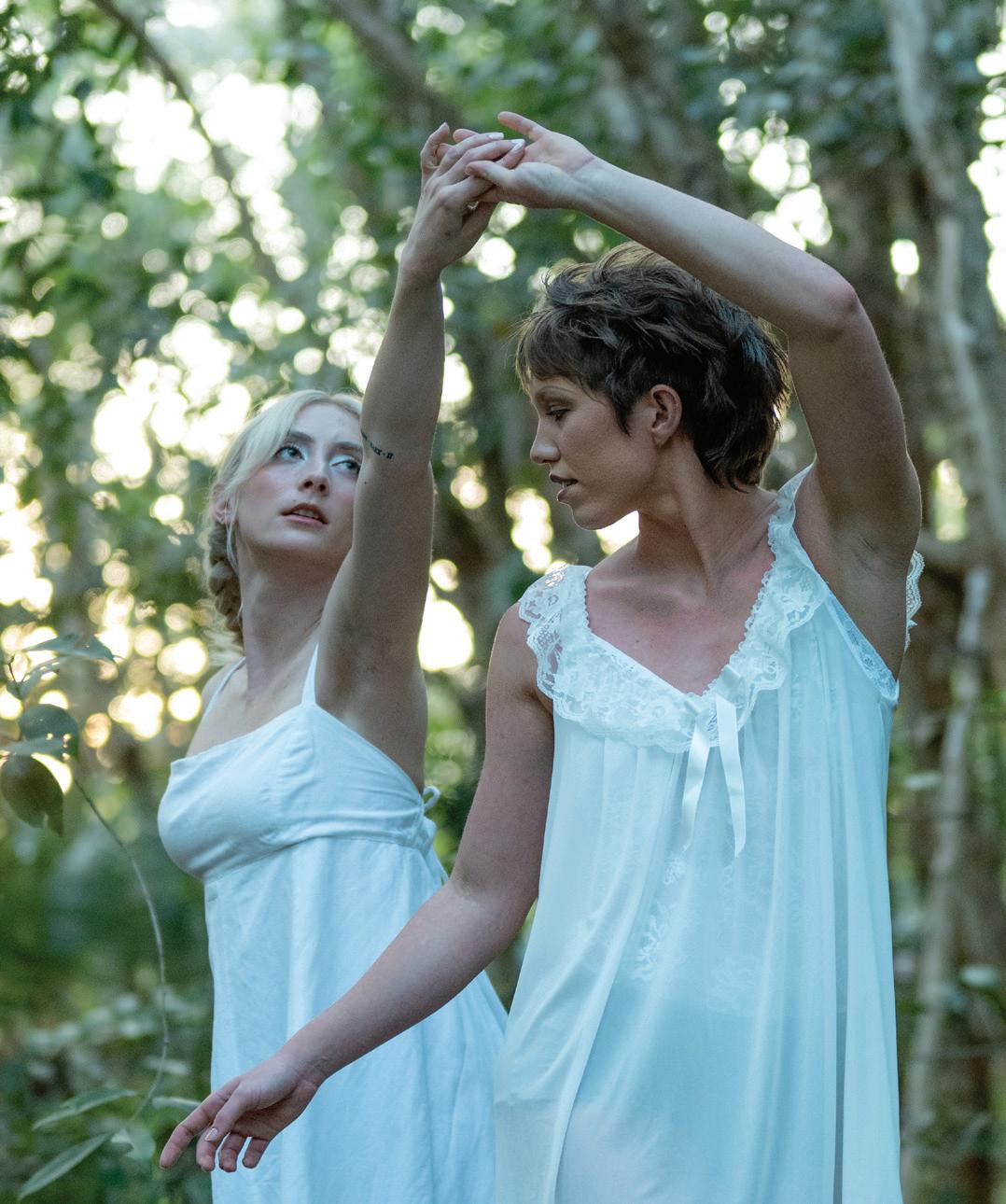
After all these years of experience, of trying new things, of putting ourselves out there, we are somehow expected to pick just one thing to be. One thing to commit to for the rest of our lives. When we choose one thing, we are essentially giving up the rest.
When you have kids, you sacrifice your career.
When you have a career, you sacrifice your family.
If you want to get a degree, you sacrifice your time.
If you want to create art, you sacrifice your money.
Or so it seems.
Without one absolute thing to focus our energy, passions, and efforts, we feel lost, disoriented, and disassociated. Without a “purpose,” what motivates you to move forward? It can start to feel like you are just going through the motions of day-to-day life. Wake up, go to work, try to remember to eat something, and go to bed. It’s depressing and isolating.
Even if we do find a calling, it is very possible to hear more than purpose in life calling your name. The struggle to figure out what you do and do not have time for is very real. The choice of what lifestyle you want to live also looms over your head. We give up many of our “figs” in exchange for financial, emotional, or physical security. While one may have a talent for painting or writing, one could choose to give those figs up in exchange for a financially secure lifestyle as a salesperson or business associate.
Many give up their artistic and creative hobbies for a more corporate American lifestyle. More often than not, their justification is that they don’t have the time; they are choosing a life of financial stability and traditionalism over their past love for art and creativity.
In that mindset, their figs rotted away a long time ago.
But does it have to be so black and white?
Life is full of compromises. Maybe our “purpose” is just that as well. What are you willing to put on the back burner? What are you okay with giving up in order to live the life you desire?
Life is typically lived in absolutes. Life could be lived in moderation, which means you would have a little of everything but be whole of nothing.
What are you comfortable with sacrificing?
The thing is, the choice is yours. It is only yours; no one else can make it for you or tell you how to decide. You must be able to take a step back and look at the bigger picture: life. The enormous tree that is your life has hundreds of branches, leaves, bugs, and other things that all make up its carefully balanced ecosystem. It takes years of nurturing, growth, and even destruction for your tree to live its full life. When it finally reaches its last life cycle, will you be happy with the fruits you produce?

Our figs will come and go off the branches of our tree of life. Some days, they will be bigger, riper, and more ready for the taking– others, we might not be able to reach or even see yet. Stay opportunistic; maybe we really can do anything we desire with enough effort and determination. The least we can do is try.

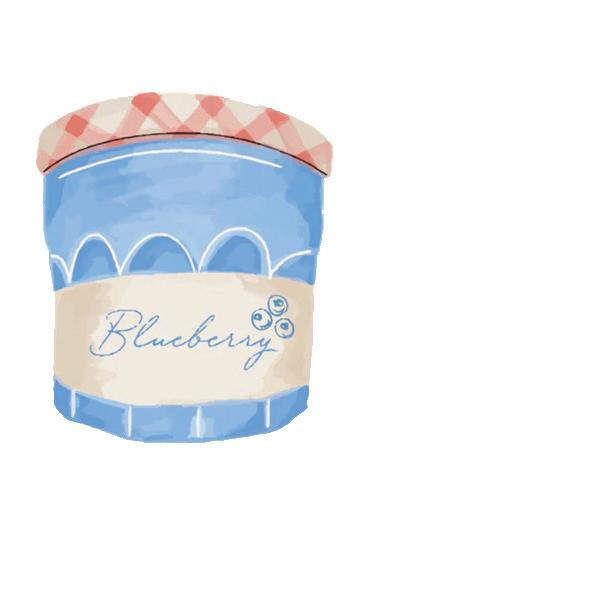
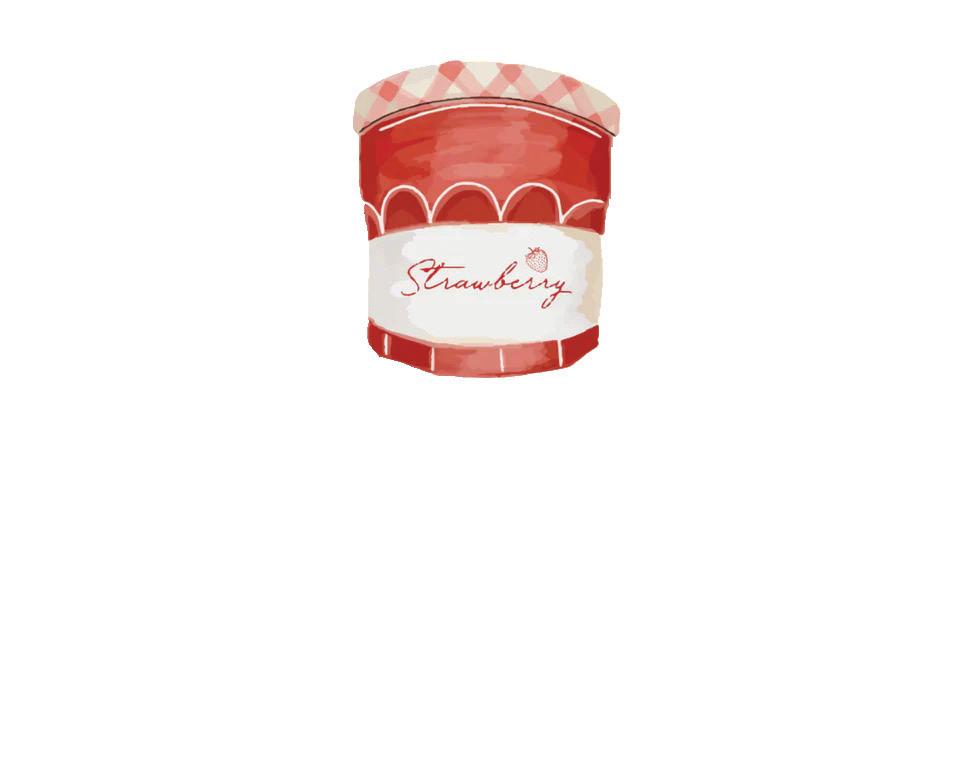
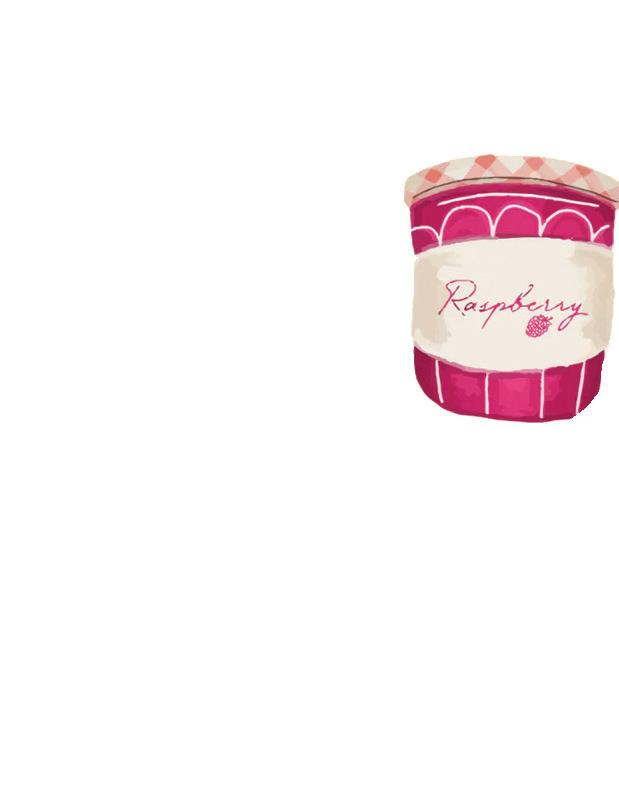
 Written by Sage Josslyn Holaway
Art and Layout by Ava Davison
Written by Sage Josslyn Holaway
Art and Layout by Ava Davison

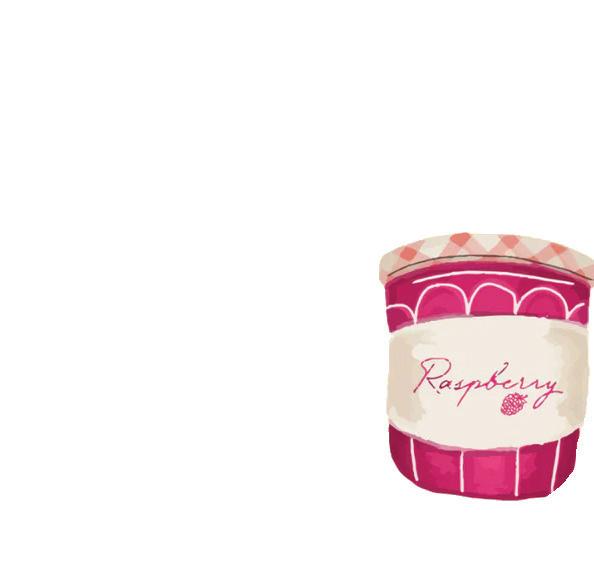


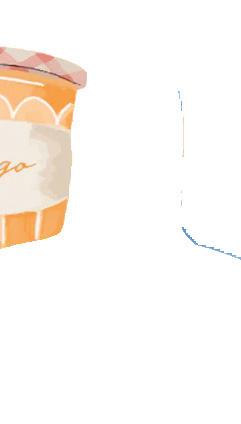

Florida’s most loved beach girl, yoga instructor, home decorator, and podcast host sits down after a sunrise dip in Boca Raton’s bluest water to catch up. By catch up, I mean talking all things local, fashion, community, career, and inspirations for the first time– though, it seemed like we had known each other forever.
When I first introduced the idea of Passions: Lost & Found to Lexi, she jumped at the idea of reveling in the unknown. She had just recorded a podcast episode with her therapist, with whom she speaks openly about how to change your mindset. Lexi says, “Keep getting lost, keep trying new things. You’re supposed to.”
The overall conclusion from her paralleled podcast episode happened to align perfectly with the overarching theme of this Issue.
Hidalgo shares her story with inspired ease about home-hopping, renovations, and naming her houses Mango and Moose. Her home has become her passion project, opening doors for new partnerships. She just released her new wallpaper collection in collaboration with Dizzy with Excitement. She crafted prints and patterns of mangos, cowgirl boots, seashells, and classic picnic nostalgia honoring her home state and her travels through her eclectic and vibrant designs.
On her podcast, Moments, she speaks on topics ranging from relationships, gratitude, mental health, and her reflections on being a 20 something-year-old girl figuring it out. You grow with her, learn from her, and reflect in real-time through her intimate storytelling. “My podcast is where I build my deepest connections and have my most personal connection with my following,” Lexi says.
Lexi describes how she loves a little bit of everything. This is why her outreach on social media hits home with so many young creatives. She does it all and is always looking for more. She reflects on her time spent in college and mentions that if she were to be a part of Strike Magazine, she would want to be a photographer. She said, “When I was in college, this is exactly what I would have wanted to be involved in.”



So Breathless Set by free-est Corinna Belt by Mora Surf Boutique Necklace by Logan Tay
As a Boca Raton local, how have your upbringing and surroundings influenced your content creation process?
“For so long, I was so ready to get out of Boca. Often the place where we grow up is the first place we want to leave. My home is here. My heart is here. My family is here. I left my ocean and it was not easy. I ended up moving to Hawaii for a year, which was an incredible, once-in-a-lifetime experience. But I missed my people and ended up making Boca my home again. I bought a house that I am probably going to raise a family in. You learn to love a place when you spend time away from it. Now I am happier than ever here.”
“Your heart will always know where home is. It will tell you. It’s important to listen.”
What drove you to come back to your local community and partner with local businesses?
“My roots were planted here. The most important years of my life were spent here in South Florida. I am always going to want to pour into the businesses and people who are the reason I do everything I do now. I love to support everyone in this community because it built me.”
“There is so much value to meeting new like-minded people in our ‘real-life’ community since so much of my community started online. So, something I have been trying to pour more energy into is hosting community events.”
Lexi speaks on Passions Found about what is impacting her life the most right now– the gift of serving. At Tri-County Animal Rescue, Hidalgo volunteers and serves her local non-profit animal rescue organization weekly. She surprises herself with how the simple act of playing with the rescue dogs weekly can “fill up her cup” and ease her mental health the way it has.
“When you serve others, you feel your best.”
Reflecting on the paths taken through Passions: Lost & Found, Hidalgo reiterates how much this Issue intersects with her life. “I am really honored that I get to be a part of this Issue. I am constantly on this up and down of what I want and who I want to be and somehow life keeps reminding me that I am supposed to be going through each of these chapters. Every chapter I have gone through, I have always had the same goal, to inspire people and make them feel less alone.”
What is the most rewarding part of what you do as a content creator?
“It is so inspiring to meet so many other people online, create friendships, and be a part of this big family. It is so rewarding to build such a personal connection and share parts of my life that I was so afraid to share, and once I did, it opened up a whole world of realization that all of us feel the same way. My number one goal with social media is to have a personal connection and to be a friend to anyone who wants to listen.”
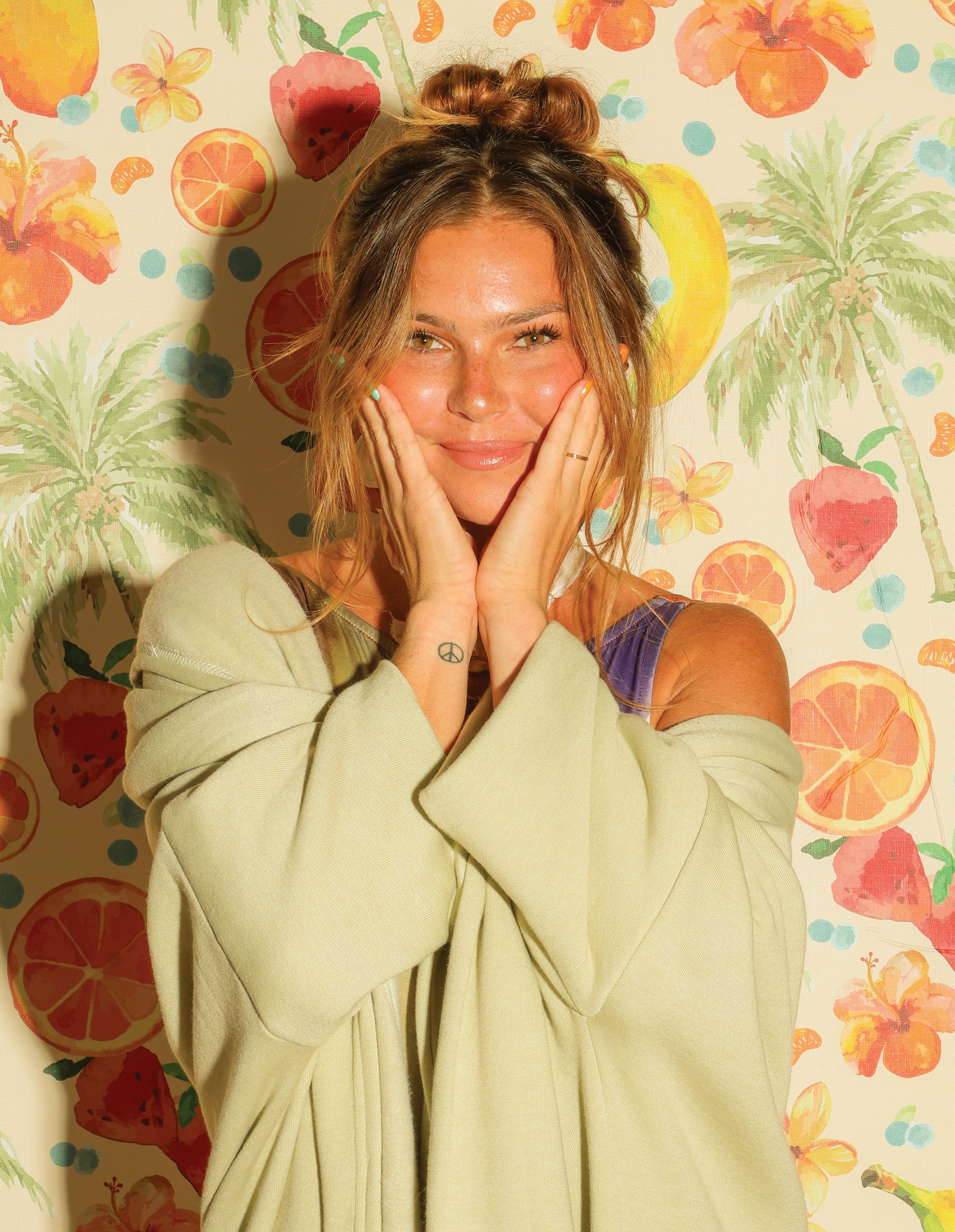


 Skirt by Mora Surf Boutique
Skirt by Mora Surf Boutique
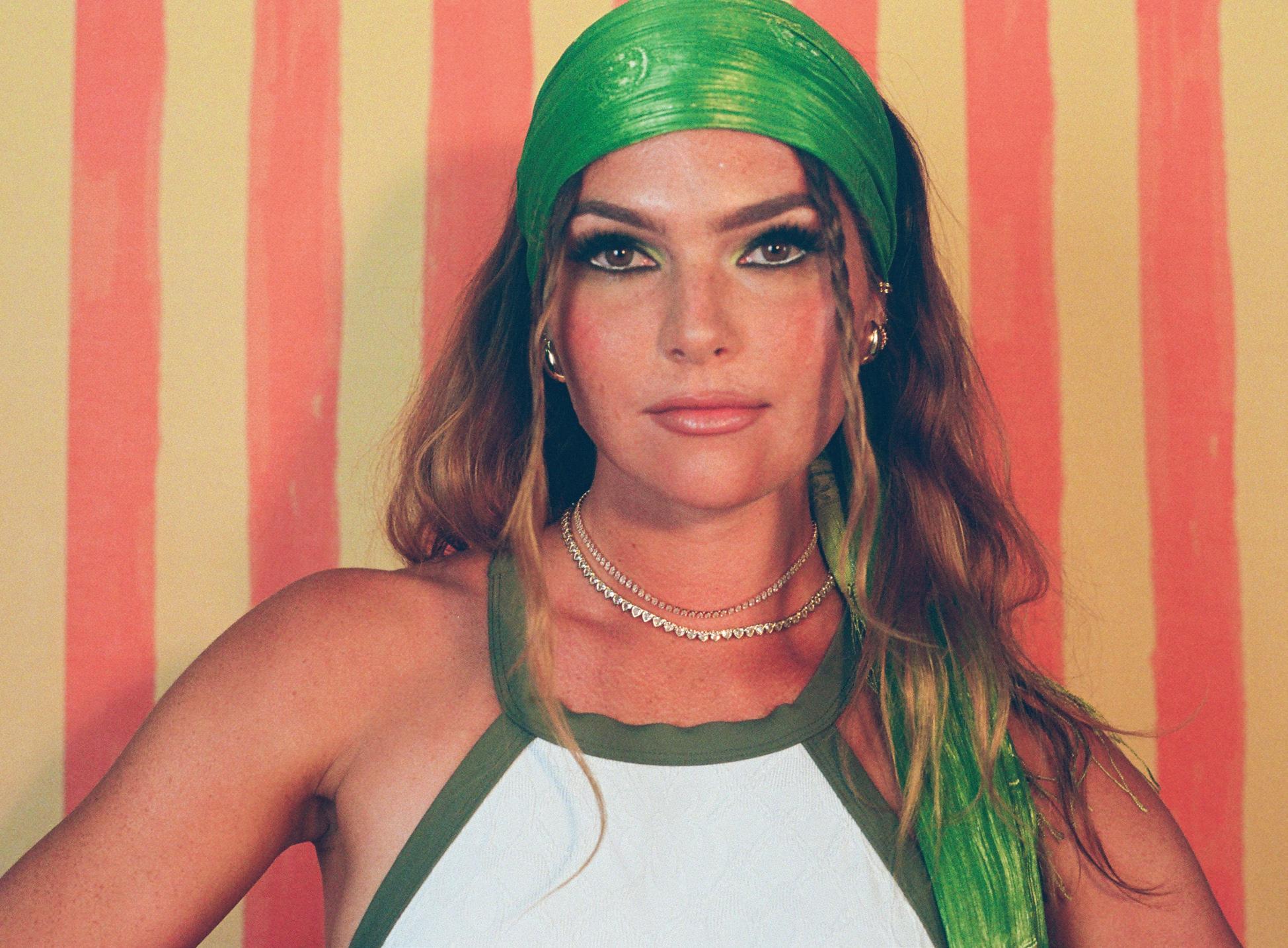
Dream Line-Up Wallpaper by Dizzy With Excitement
Heidi Surf One-Piece by free-est
Marquise Tennis Choker by Logan Tay
Heart Tennis Necklace by Logan Tay
Earrings by Logan Tay
Passions: Lost & Found is all about acknowledging a direction and shifting the course. What direction do you feel like you are headed career-wise?
“I think continuing to follow my flow and allowing intuition to see where it takes me with social media. I like to lean into where my heart pulls me, towards people, a good cause, or an important conversation.”
“My purpose is people–that is what guides me.”
As a young creative, what advice would you give to someone who may be lost in life, career, or inspiration? What are some tools or methods you use to be found?
“Keep going. It doesn’t matter how old or young you are, you just have to keep pushing. There’s always going to be speed bumps in the way, you just have to keep doing what it is you believe in.”
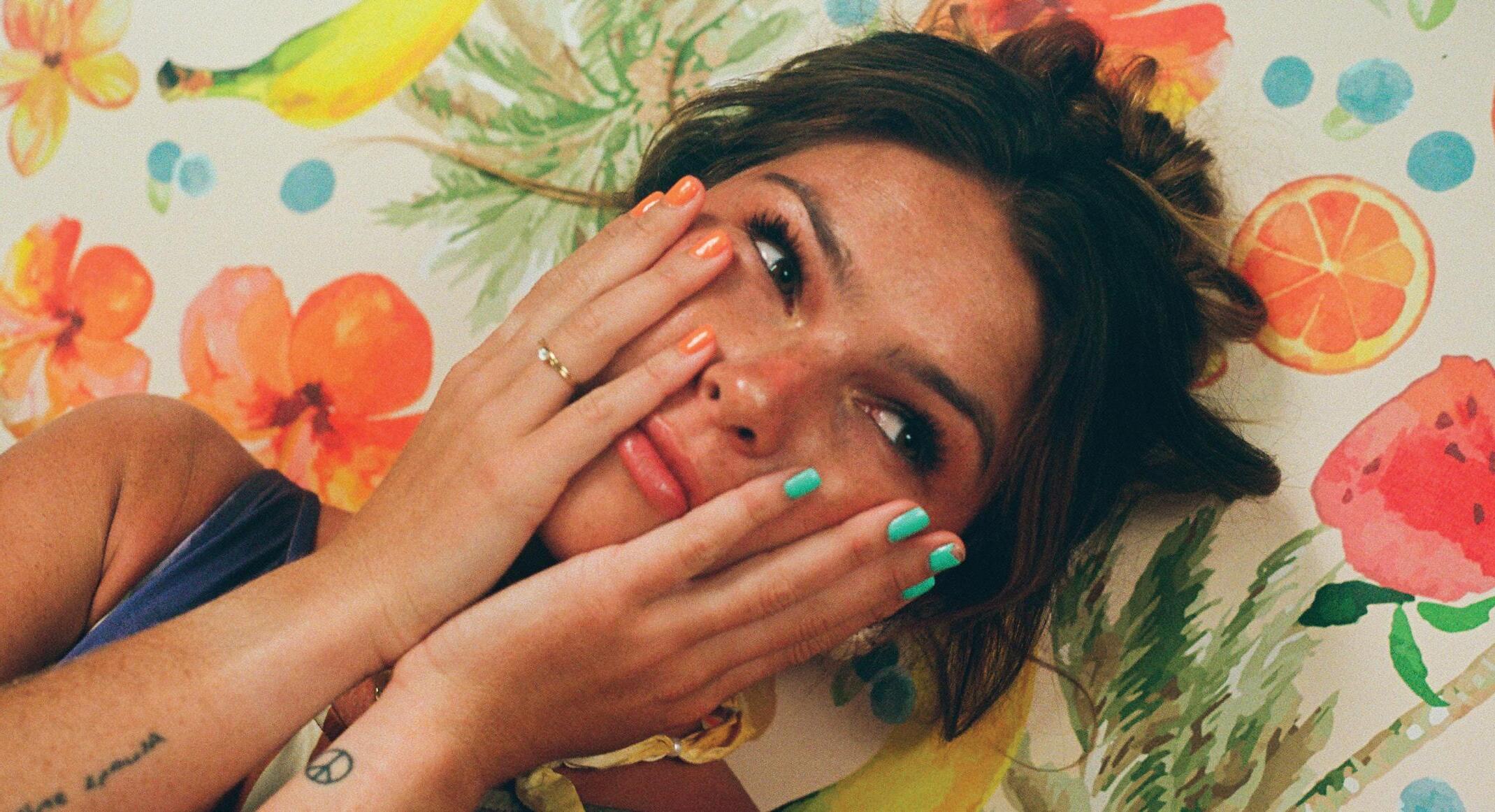
“Always follow your heart before you follow someone else’s opinions of who or what you should be. Know yourself, your passions, your heart, and listen to those above anything else. Also, recognize if you do go down a path you don’t love, you will either take a lesson or a blessing away from it to hold with you on your next adventure. You’re supposed to fail. It’stheonlywaywefigureoutwherewearemeantto be. That’s how we succeed. Know your own heart.”
 Fruit Cocktail Wallpaper by Dizzy With Excitement
Fruit Cocktail Wallpaper by Dizzy With Excitement
When you think of home, it’s likely your mind immediately goes to where your bed lies, where your clothes, shower, groceries, and belongings remain.
Maybe you’ll view home as something attainable; you’ll have it one day. The white picket fence, peonies planted as you walk up the drive…a hanging swing sways gently next to the rocking chairs on your wrap-around porch. You open the door and walk into vaulted ceilings, hardwood floors, stainless steel appliances, granite counters, snow-white walls, and a custom island placed perfectly in the kitchen.
If it’s not the home you envision for your future, it must be where you lived during your childhood. The creaky doors, yellow exterior, big windows, rusted mailbox, the oak tree that’s been in your backyard since before your birth.
While the house you live in now, used to live in, or dream of living in all have the potential to be a home, these physical aspects do not constitute the feeling that makes it what it truly is. It’s not the crown molding, brick fireplace, or perfectly tiled bathroom all in itself that makes it your home. It’s the teardrops that stained your twin XL sheets each time a college lover screwed you over, your roommate’s t-shirt hanging in the closet that you borrowed and never gave back, and the barren mini fridge that had nothing but a bottle of beer and leftovers from take-out you ordered the night before. It’s the children playing tag in the fenced-in yard of your dream house, the rescue mutt that click-clacks across the wood floors, and the once-white wall now covered in Sharpie marks documenting the growth of your family. It’s the squeaky door you cursed each time you tried to sneak out of the house in high school, the chipping yellow paint in the shade you helped your mom pick out, and the tree house your dad built, resting in the old oak branches.
Home is where we feel most comfortable, loved, and accepted; the memories embedded in these physical aspects bring feelings of precisely that. However, this sense of belonging is defined by so much more. It’s just a small ingredient in a recipe of people, places, and things.
With that being said, your version of home is inevitably going to change. Throughout the span of our lives, what gives us this sense of belonging will adjust, morph, shift, and evolve countless times, but that is the beauty of it. The movement, flow, and change of home is what makes life beautiful, desirable, and interesting.
Humans are meant to grow and evolve, to find new adventures, and to explore the unknown; for this to happen, home must evolve, too.This is all part of being truly alive.
Shifts in your feelings of home can be terrifying. You move away from where you grew up to start a new life in a college town. As your family waves goodbye and walks out the dorm room door, you can’t help but think, how could they leave you here? They leave you with roommates you don’t know, in an unfamiliar building, on a campus you get lost in, and in a town that seems alien. But, eventually, anxiety turns to nervous excitement. You get to know your new roommates, and they’re not too bad! A month or two later, you could even say you know the building like the back of your hand. After walking back and forth from the dorms, class, library, and dining hall, you stop getting lost. Time passes, and eventually, you’ve been off campus enough to learn street names, locate your own landmarks, and find your new favorite spots.
The more you explore, the more friends you make and bonds you create. You met your best friend along the way; it could’ve been your freshman-year roommate, or maybe it was their friend you clicked with. Together, you make new friends and adopt friends from the other; if you’re lucky, you form a group. Within these friendships, memories are created: laughing to the point of belly aches and tears, hysterical crying over broken hearts and impossible course loads, and love in the form of hugs and support from people who have become your family.
You may get a job and meet new people there. After some bonding over your annoying boss or nasty clientele, you have friends there, too. You finally join that really cool club and meet even more people there with the same interests and aspirations as you. You join a gym, and after complimenting the person next to you on their workout set, you talk to them all the time. You know people now and see them throughout your weekly routine and daily outings.
Not only have you found comfort in the people around you, but in your surroundings, too. One night, you and your friends try a local bar you’ve never been to, and you have an absolute blast. You go back there the next week and then the week after that. You see people you know and drunkenly make new friends along the way. You learn the bartenders’ names, and they learn yours. You celebrate the sweet moments there and drown yourself in the bitter ones.
After some time searching, you finally find the perfect coffee shop. You have your favorite spot in the corner and spend hours studying for the big mid-term and perfecting the mountain of an essay. They have the best lattes, and they make it just the way you like. They know your order by now; you don’t have to say a word. You smile each time as the familiar taste of oat milk and espresso hits your lips. And when your friends join you on study dates, you giggle in delirium from the amount of time you’ve spent staring at a computer screen. Or maybe you didn’t even get a thing done because you couldn’t stop dissecting your failed situationship.
You spend weekends in the sun and breathe deep as the warm sand at your favorite beach access hits your toes. You take your usual turn for the left and wave to familiar faces on the way to your usual spot. Away from the rocks but not too close to the building that casts shadows late in the day. On rough days, it has the best break, and you take your boards out and splash around with your friends or watch in amazement from the beach as surfers catch the waves you dream of. On calm days, you float, breathing slowly, feeling the friendly ocean water in your hair as warm rays kiss your face.
Within this are things that hold memories of these people and places. The scent your best friend wears that you used to coat yourself in each time you went out; you still smell it on them with each hello and goodbye. The wristband you got from the first nightclub you went to that you still keep in your drawer, the piece of jewelry you wear every day that your grandma gifted you, the seashell you took home from your first time at that beach, the postcard you kept from your hometown that still hangs on your wall. Each of these things are minuscule without the meaning
within them; they are tiny reminders of the many moments that make up your homes, both past and present.
You haven’t forgotten about the home you left, but you’ve found excitement in the home you’ve found. You love its newness, the way it’s simultaneously intimate and vast. Around each corner you turn, there are new opportunities, faces, feelings, and experiences. As you make memories here and enjoy every aspect that these memories are hidden within, you grow and evolve, along with your version of home.
It’s inevitable that this home will change too. It may not be right away, or maybe not even in the next decade, but eventually, this home will shift, which can be hard to grasp. In some cases, it may not be the physical place that changes but the people and things around you. This can be the end or fade of a friendship or lover, leaving a long-term place of work, graduating college, or even the passing of someone close. Although it seems frightening, loosening your grip on a previous home shouldn’t be viewed as a loss but as a necessary and unavoidable metamorphosis.
It’s human nature to desire a place to belong. No matter the situation one is in, one will always find this sense of belonging in someone, something, or somewhere. Finding a new sense of home can take time, and there must be patience within this. It is so important to trust the process and know that in the end, everything will fall into place like pieces of a puzzle that takes a lifetime to solve. When making your way through the dynamic element of life as a human, it’s essential to focus on perspective. While it may be scary, embrace the change.
If you lose a home, you will find one once again.




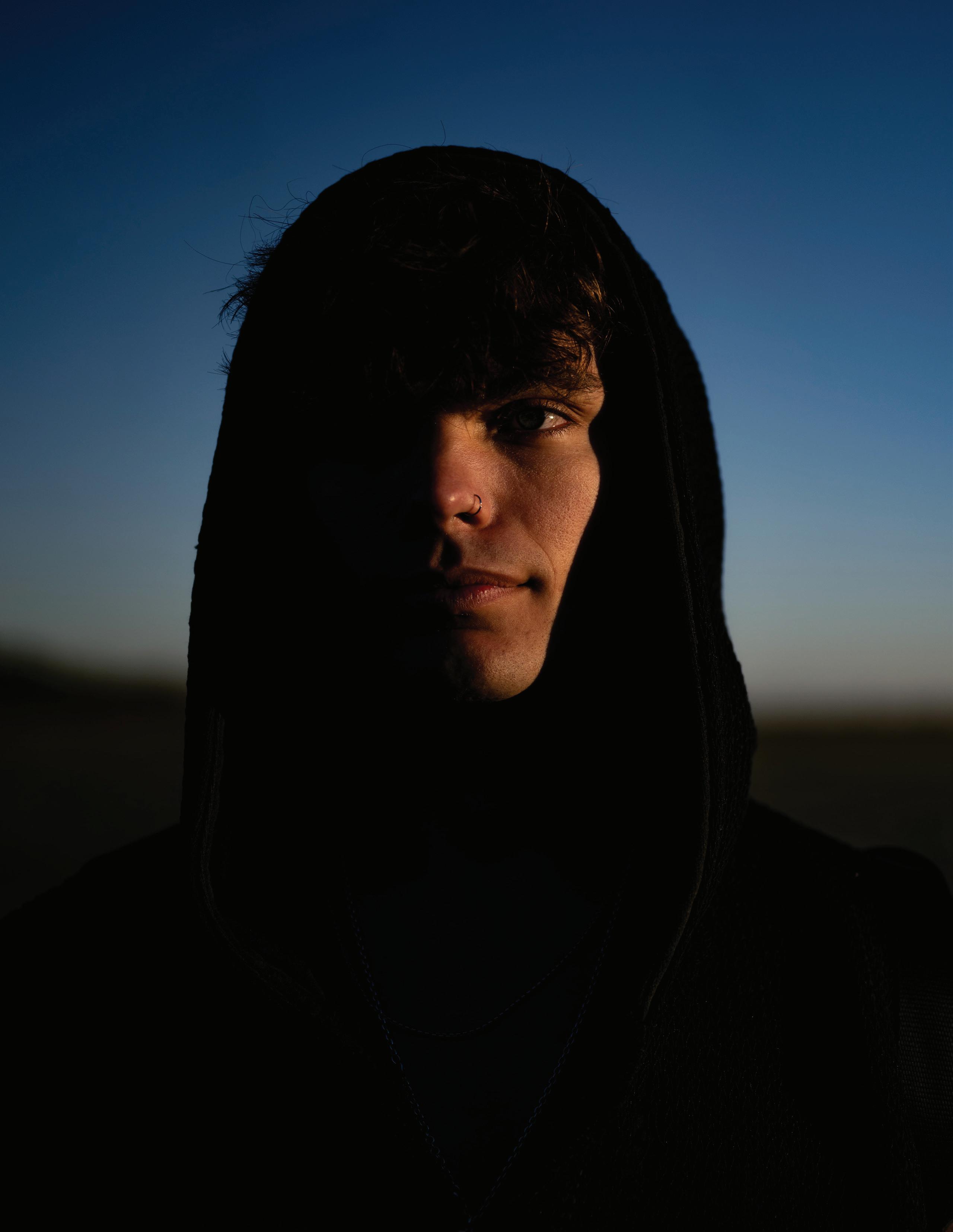


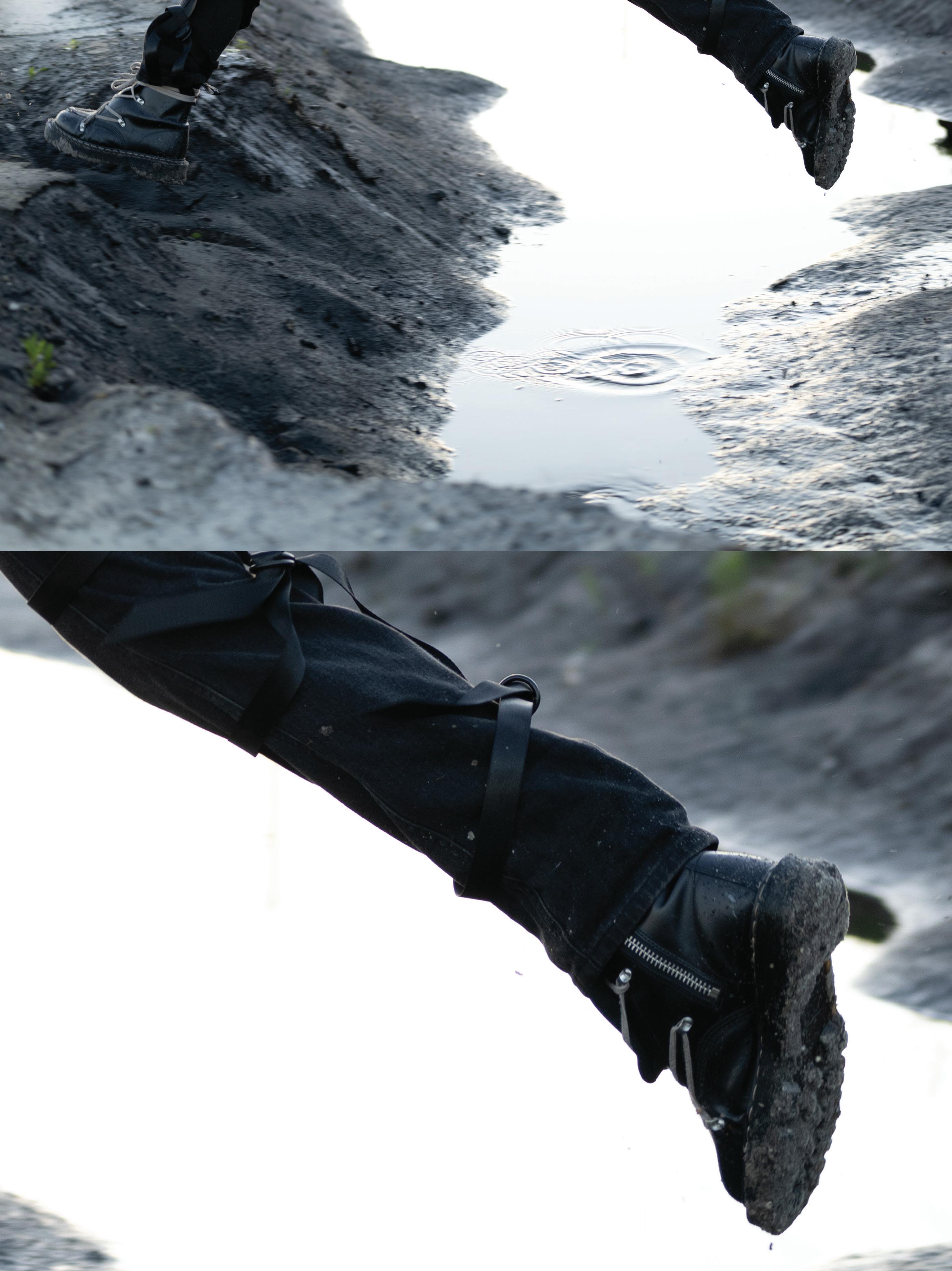



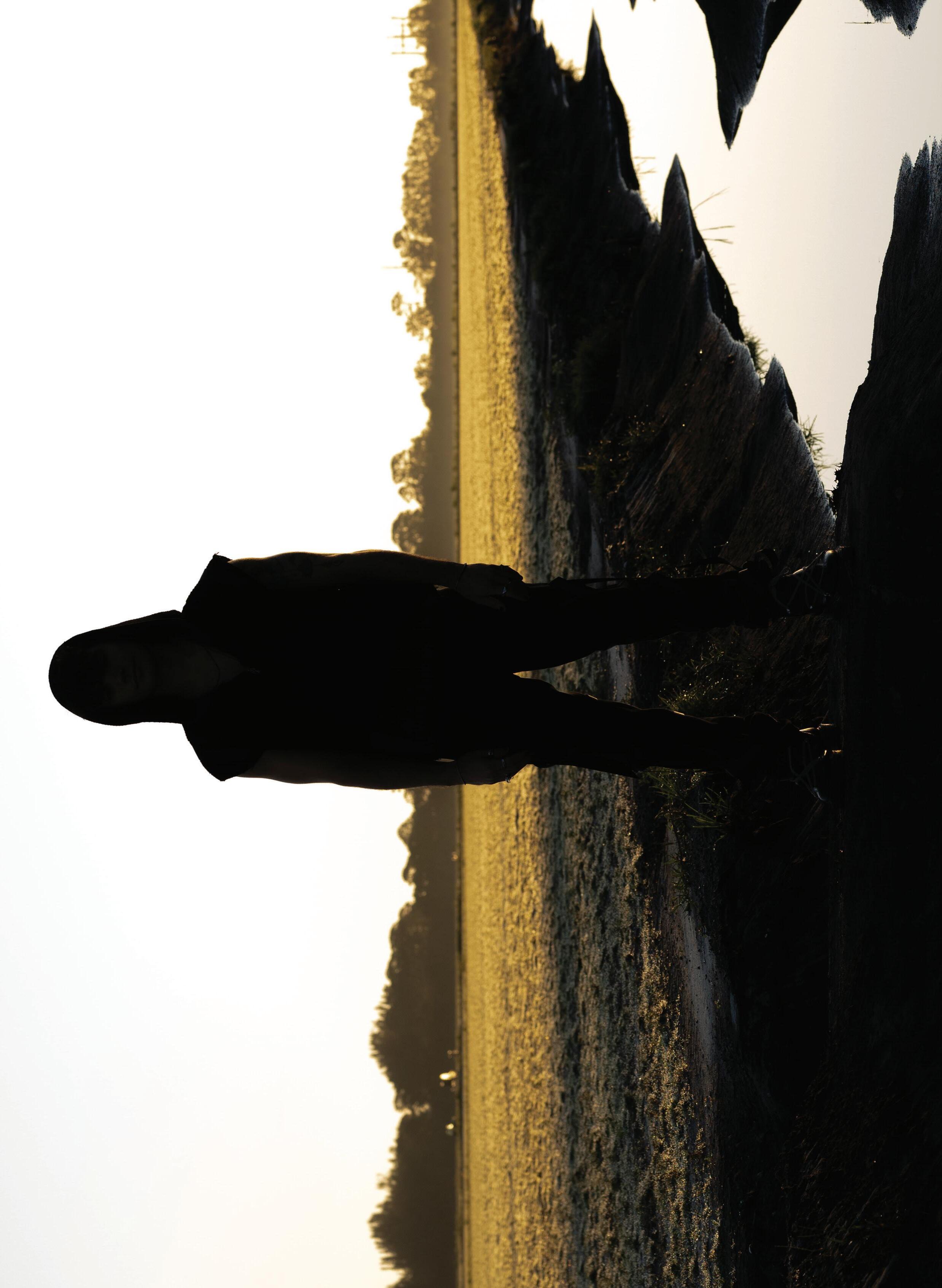 Photography by Paul Leachman Styling by Patrick Calmet, Levana Amador
Photography by Paul Leachman Styling by Patrick Calmet, Levana Amador



 Written by Kim Nguyen Art and Layout by Alexa Belcuore
Written by Kim Nguyen Art and Layout by Alexa Belcuore
Every day, we loan pieces of ourselves to the internet, often without a second thought. When we upload photos of ourselves, interact with content, and click “accept cookies”’ on a website, we give a part of ourselves with the intention of receiving a benefit. Whether it be likes and comments on our posts, connecting to people around the world, or simply researching various topics, we expect something in return. In the end, the tradeoff is majorly unequal, and we are essentially donating our data to strangers. While we never think too deeply about where our sensitive information is going, the thought that it could be stolen is terrifying. Yet this illusion of choice is blinding.
Artificial intelligence (AI) is a piece of technology that is only becoming more sophisticated as time goes on. With this tool that possesses unlimited power, we may have to think twice before heedlessly agreeing to the prompts that pop up on our screens.
We interact with artificial intelligence on a daily basis, whether we recognize it or not. According to Oxford Languages, the definition of AI is “the theory and development of computer systems able to perform tasks that normally require human intelligence.” Examples include search engines such as Google or translator tools. When you make a call to a customer service line, you are greeted with a robotic voice that will guide you to a specific branch to solve your problems. AI is not a new concept.
What is new, however, is artificial intelligence’s ability to copy someone’s likeness. Likeness has two definitions. The first refers to similarity or the quality of being alike. It also means the outward appearance of something, whether it be an image or a shape. Before, AI was used primarily for performing skills that humans could perform, such as voice recognition, calculations, and decision-making. Now, major tech companies are making it a goal to replicate a human’s appearance itself.
Meta is one company tapping into this. The company, formerly known as Facebook, was founded by the infamous Mark Zuckerberg. Since the company owns multiple platforms such as Instagram, Threads, and WhatsApp, it’s no longer known solely as Facebook.
Through these multiple platforms, Meta is implementing AI chatbots. This concept has been used on other apps like Snapchat, but Meta has managed to put their
own twist on AI by putting a famous face on the texting robots. Celebrities have been recruited to become the image for users to converse with. According to a media company called The Information, an undisclosed creator was reportedly paid $5 million for only six hours of work in a studio. The biggest celebrities that have participated are Kendall Jenner and Tom Brady. The unique aspect is that they go by different names. Jenner is now Billie, and Brady is Bru. On Instagram, you can search @yoursisbillie and “talk” with Billie or essentially have an impromptu therapy session about work-related issues. With @gameonbru, you can chat or have a heated debate with him about sports.
Many celebrities have hopped on this deal: Paris Hilton, or “Amber,” is a forensic scientist and Snoop Dogg, or the “Dungeon Master,” is a game expert. By adding Tik Toker Charli D’Amelio and YouTube star MrBeast, Meta hopes to appeal to a younger audience.
While this act may seem dystopian, they may be the smart ones by getting ahead of the game. They are receiving a somewhat regulated use of their likeness through a contract and, in turn, compensated for it.
But can you ever really get ahead of something like AI?
Seemingly, every day, it gets more intelligent by producing work that is indistinguishable from real life. This trend of personalizing or humanizing generated content is only gaining more traction. Jenner, or Billie, promotes herself as an “older sister you can talk to, but who can’t steal your clothes.” Meta notifies users that the figures are simply playing characters. Yet when you interact with the accounts, there is a personalized Instagram feed with human-like captions. Even when you message the chatbot, a window with the star’s face is present in the corner. With Meta’s plans to incorporate voice chat with the robots, the “ImaginedWithAI” hashtags may not be enough warning.
This hyper-realistic program makes it hard not to be concerned with the blurred line between reality and fantasy. The 2013 movie Her, directed by Spike Jonze, draws a parallel to this phenomenon. Its plot follows Theodore, a man who falls in love with his virtual assistant, Samantha. While the chatbots that exist now will remind users they are simply virtual friends to chat with, this seemingly extreme situation may come to fruition in the near future. It may appear specula-
tive to imagine these scenarios, but we can observe these situations manifesting in real life every day.
Unfortunately, it does not take long for people to misuse this technology. Several scams have emerged with the use of AI-generated videos. One that was circulating the internet was an ad that used Jennifer Aniston’s face and voice to promote $10 Macbook Pros. Other scams involve giveaways or get-rich-quick opportunities. While the actual video is not very believable, the concern is pointed toward the older generations who cannot tell the difference. With this technology only progressing, the younger and technologically literate generations may be at risk of being swindled as well.
Since celebrities have a plethora of images and interviews available on the internet, it makes it easy to replicate their appearance. AI image generators such as Open AI’s DALL-E, Microsoft Designer, and Bing Image Creator run and thrive on data. The more images available, the more accurate the picture. The same logic applies to the chatbots. The more interactions they receive, the more realistic and effective the conversation will become.
Beyond the risks of economic gain, a different kind of predator is present. With AI image generators being extremely accessible, sexually explicit images are circulating on social media as well. With these generators, you simply type your prompt or description, and an image is produced in no time.
Taylor Swift is just one of many victims fighting against this unregulated technology. Explicit images of the singer spread on X in January 2024. The platform blocked searches for the images quickly after, but the images were still seen by millions. Supposedly, it began as a “chatroom challenge” on 4Chan, an anonymous online image bulletin board, to bypass filters that are meant to stop people from creating pornography with artificial intelligence.
Open AI responded to the situation by denying their technology was used. The company has described its goal as developing “safe and beneficial” AI since its founding in 2015. In the same statement, they highlighted filters and guardrails that deny users the ability to generate images that are explicit or contain a public figure. However, as seen through the 4Chan chatroom, these precautions are not bulletproof. These mechanisms are merely seen as challenges to misusers instead of actual restrictions.
Cristina Lopez G, senior analyst from Graphika, the social media analytics firm that investigated the situation, stated that Swift was far from the only victim of
AI-generated or deepfaked porn. You don’t even have to be an A-list celebrity to be targeted. With a growing number of influencers, celebrity status is more attainable than ever. Even disregarding those who profit off their likeness, people are filming videos and uploading photos of themselves every day. The implication is that everyone is at risk of having their image manipulated.
Many are now imagining dystopian situations where videos or images of themselves doing heinous things, such as theft or violence, can be generated with AI. The fear is that, eventually, this technology will produce work that is so realistic that it could become a form of blackmail.
With this emergence of deepfaked content, the hope is that there is some way to combat this. Unfortunately, laws and regulations move slowly, especially with this rapidly evolving software. This battle is explored in the BlackMirrorepisode “Joan is Awful.” Joan, the protagonist, finds events from her day produced into a show that is streamed on “Streamberry” called “Joan is Awful.” By using data collected from her devices collected in real time, the events of the day can be aired the same night. The actress who plays her is Salma Hayek, but the show is produced by a computer that uses CGI-based virtual actors. When Hayek seeks restrictions on how the show can use her likeness, her lawyer states that she has given Streamberry the license to use it. When Joan and Hayek go to Streamberry’s headquarters, they overhear the CEO discussing plans to produce personalized and computer-generated shows for all users.
While this situation may seem extreme, we willingly give massive amounts of data daily. We even suspect our phones and computers are “listening” to us. Even if this sensitive information is not taken, we somehow loan it voluntarily. The way that Streamberry was able to obtain the rights to Joan’s life was through her agreement to the platform’s terms and conditions. How many times have we clicked “I agree” at the end of that lengthy contract? It greets us when we set up a new device or download a new app. These companies make it impossible for us to read the whole thing, so we just scroll to the end. Even with the passing thought that you may be giving more of yourself than you anticipated, you hit “I consent” in the end.
There is no longer an exception to who can be targeted. If our own information is not used against us, it’s a familiar face. The uncanny feeling of a conversation with a robot or an artificial image will no longer be present. It will be replaced with someone you know closely, a celebrity you have seen countless images of, or even yourself, and you will not be able to decipher reality from fantasy.



 Written by Rameen Naviwala
Written by Rameen Naviwala


The bright lights never turn off, even after the crowd disappears. Blood’s still rushing in your ears, and your heart thumps a thousand beats a second. That competitive thrill remains; it’s intoxicating and exhausting at the same time. The desire to be better, to be the best even when you don’t have the natural talent, is overwhelming. It’s a drug unlike anything else and one that leaves a deep turmoil within, especially as the push and pull of talent and obsession consumes.
Casual enjoyment of a hobby is far different than embracing a genuinely competitive nature. Taking a dance class once a week or playing ball with your boys every Saturday is a far cry from doing multiple pirouettes on a twisted ankle or shooting hoops until six in the morning because you didn’t manage to score a basket fifty times in a row. The constant thrill of competition exhilarates you, and the possible chance of success motivates you. It pushes and pushes, even when you are breathless and possibly injured. You have to push through the pain.
Obsession is what drives you, especially if it isn’t over a skill that comes easily to you. Natural talent is scarce; most of your favorite athletes or musicians were probably awful when they first started, even if they had some level of potential. The difference between them and those who don’t hold the same level of success is a level of obsession with their craft that turns into talent. It’s when you are playing that G chord every waking moment to get it just right, even when it shreds your fingers. Or singing until you hit that high note, even if it leaves you with laryngitis and a screechy voice. It’s what creates a genius within your field.
We see narratives like this in film, with shows like Queen’sGambitand movies like Amadeus that portray the obsession that creates a oncein-a-lifetime talent. Andrew, the main character in the film Whiplash, would practice his instrument until his hands bled and blistered. Nina, from Black Swan, was surprised by her own actions in her attempts to be the perfect Dark Swan. The pull towards obsession to compete and to succeed in such a fierce atmosphere is intoxicating, especially when you create such high standards for yourself.
Competition can come with so many rewards. The knowledge that you are the best and that you succeed against so many others in your field is highly motivating when it comes to pushing yourself. However, a sense of purpose is one of the most significant driving factors. The knowledge that you have accomplished something worthy and that would be talked about by strangers for years. In Whiplash, when Andrew is surrounded by his family at the dinner table, he says, “I’d rather die drunk, broke at 34, and have people at a dinner table talk about me than live to be rich and sober at 90 and nobody remember who I was.” While we all may laugh at that, there is something about being remembered long after you are gone. Something that can’t help but make you dream big.

Bob Dylan, one of the world’s most celebrated songwriters and singers, taught himself how to play the piano and guitar, hopping from band to band in his early years. However, in the beginning stages of his career, his vocal abilities were less than great. It was the ability to find how to make his unique voice work and throw all his focus on the character that he created that generated such a large fanbase. The hours and hours he spent writing, the decades of constant performing, and stretching his vocals across so many spectrums is what made him great, not a naturally gifted voice. The drive and discipline he and so many of the greats have is what is needed to win more than anything.
Discipline, focus, and willingness to sacrifice are the running strategies when you are determined to be number one, to get all the rewards and benefits of winning. You have to put your entire being into your field, focusing entirely on it. You must be disciplined to get up every morning at five A.M. to run eight miles or swim in a chlorine pool until your skin is raw.
According to data collected by Sports Medicine, researchers estimated that between 14% and 39% of current adult elite athletes have intentionally used performance-enhancing drugs to gain that extra bit of edge that their bodies can’t sacrifice despite the downsides it has to their overall health. Discipline and focus are needed, but the willingness to sacrifice is what can break you.



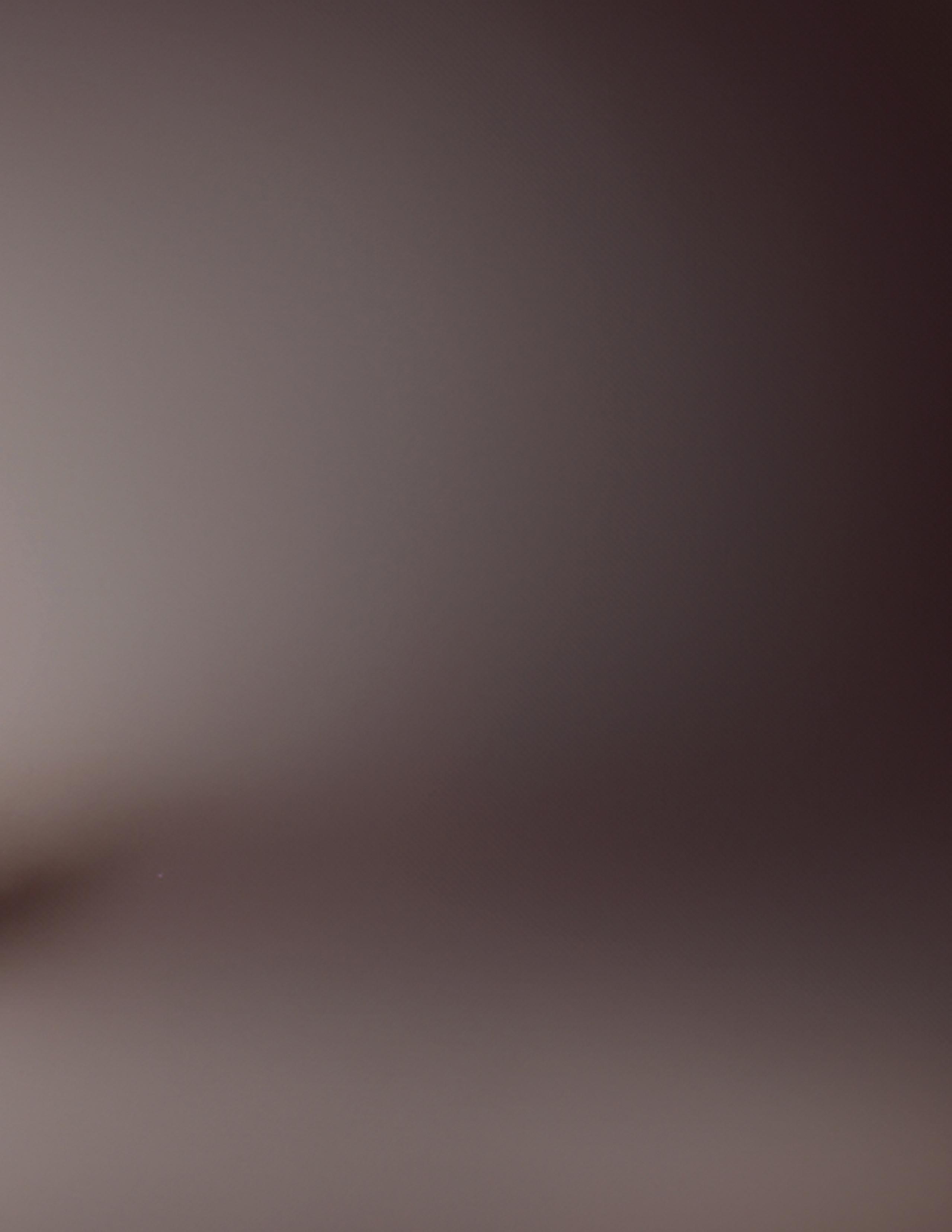
You end up sacrificing nearly everything. Damage to your mental health is inevitable when embracing an obsessive nature in order to succeed. Sleep, health, and general enjoyment of life are put aside and ignored in favor of focusing entirely on your goal. Loved ones and a decent social life are pushed aside so every available moment can be focused on the end goal. It’s not uncommon to take up an unhealthy coping mechanism to deal with the pressure and spiraling mental health; alcoholism and drug addictions can be especially common. Ernest Hemingway struggled with alcoholism his entire life, along with F. Scott Fitzgerald. Stephen King, one of the most famous and wellknown authors of our modern age, has openly admitted that his struggle with addiction is so deep that he has entire books that he doesn’t remember writing. The competition and the need to win can slowly become a pull towards obsession– and that comes with plenty of sacrifices of its own.
The balancing act between the push and pull of talent and obsession, competition and enjoyment, and victory and sacrifice is often muddled. You can’t help but sway to one side or another. Diving fully into the competitive nature can come with so many rewards: recognition, success, and a long-lasting legacy. It can also come with so many downfalls: mental health issues, pushed away loved ones, and a hairpin trigger. The desire to be the best is unlike anything else, and the push and pull of talent and obsession are consuming; only you can decide which path to follow.

Age 50: the chapter where the wrinkles of wisdom meet the raised eyebrows of judgment. In a world that glorifies and celebrates youth, society often unfairly attaches a stigma around 50-year-olds, suggesting it’s a time for slowing down rather than embracing new adventures. Throughout history, society has widely supported the notion that the best period to follow one’s passions and discover various opportunities is in their youth. However, how often do you come across 50-year-olds pursuing their passions? By the time you reach your midlife, there’s an expectation that you’ve got everything sorted out. At 50, people frequently wrestle with balancing familial duties and personal dreams. The responsibility of tending to children and providing support for family members can overshadow their own pursuits, leading to a challenge in reclaiming control in following their pursuits of passion.
A study conducted in Norway and published in New Ideas in Psychology investigated the connection between passion, perseverance, and grit. It analyzed how people maintain a positive mindset through various phases of their lives. Their discovery revealed that at the age of 54, individuals tend to lose their passions. With concerns ranging from their children’s well-being to caring for aging parents and facing career stagnation, who can blame them? Once individuals have dedicated years to ascending the career ladder and successfully raised their children into adulthood, the prospect of pursuing personal passions can become a challenge.
Not to mention, the prevailing ageism in today’s society might discourage them from wholeheartedly pursuing their passions. They may perceive themselves as too old, fearing potential ridicule and judgment from others.
Individuals in their 50s may find themselves struggling with various challenges. It’s quite common for those who are 50 to experience concerns regarding career stagnation, health issues, and family responsibilities. According to an article published by Forbes, “Many 50-somethings find themselves burned out or longing for more purpose and fulfillment at work.” People at this stage of life often shoulder caregiving duties, known as the “sandwich generation,” juggling the responsibilities of caring for their own children and providing support for aging parents.
As a result, within these demanding roles, the pursuit of personal passions may fade into the background, overshadowed by the urgent demands of daily life, leaving little opportunity for individual fulfillment and creative endeavors.
When you’re young and dating, figuring out what you want in a partner and the kind of person you like, you are encouraged to stay true to yourself, learn from your experiences, and refuse to settle for anything less than what you believe you deserve. We’re also taught that people change and evolve. Sometimes, the same person you were when you started a relationship is not the same person you are later down
the road. It’s okay to leave if you’re no longer happy. Yet, the conversation takes a different turn when considering 50-year-old individuals who choose to end long-term marriages and re-enter the dating scene, as well as those who have never been married and are exploring romantic relationships.
Finding love at 50 comes with unique challenges, partly due to societal views. Unlike younger people, those who are in their 50s often face various life responsibilities that influence how they approach relationships. Society tends to expect people in their 50s to have settled into long-term commitments, making the pursuit of new romantic connections seem unconventional and frowned upon. Additionally, there’s a common misconception that the pool of potential partners diminishes with age, adding to feelings of isolation and inadequacy. Despite these obstacles, many individuals aged 54 are challenging these stereotypes and redefining the narrative around dating. The Washington Post discusses how dating in your 50s deals with less pressure, stating, “Relationship experts and over-50 daters say there are benefits. There’s no pressure to procreate or find the perfect future parent.” These adults are asserting their right to seek happiness and companionship, breaking free from societal expectations.
For many 50-year-olds, picking up new hobbies can feel like a daunting task. With the weight of responsibilities and obligations accumulated over the years, finding the time and energy
new interests can be challenging. Additionally, self-doubt or fear of failure may prevent them from stepping out of their comfort zones.
Julie Lythcott-Haims, renowned author of the New York Times bestseller “How to Raise an Adult” and former dean of freshmen at Stanford University, made the bold decision to leave her corporate law career behind to pursue a new path. Julie states, “Being ridiculed when you finally have the guts to say what you want to do with your life isn’t something you easily forget.” Pursuing your dreams often requires a significant amount of courage and determination, especially when faced with skepticism or criticism from others. It means standing firm in your beliefs and passions, even when met with doubts or disapproval. Despite the challenges and obstacles along the way, staying true to your aspirations demonstrates resilience and conviction in your own abilities. Whether it’s taking up dance lessons, starting a blog, or diving into pottery, 50-year-olds should confidently and unapologetically embrace their pursuits without hesitation.
In the context of societal perceptions, women reaching 50 years of age frequently face a prevalent stereotype linking their femininity and sexuality
to a declining path, highlighting widespread misunderstandings about aging and the female experience.
There exists an unfortunate stereotype suggesting that women going through menopause may lose interest in or no longer enjoy sex. While menopause represents a significant physiological transition marked by hormonal changes and potential shifts in sexual function, it does not signify the end of sexual pleasure for women. In fact, for many women, post-menopausal years can bring newfound freedom and confidence in their sexuality. Sharp Healthcare states, “While some side effects may disrupt your sex life, it’s possible to have safe, pleasurable sex no matter your age. It’s all about learning to adapt to your changing body.” One key aspect contributing to women’s enjoyment of sex after menopause is the liberation from concerns related to contraception and pregnancy. With menstrual cycles coming to an end, women no longer need to worry about unintended pregnancies, allowing them to fully embrace intimacy without the burden of contraceptive methods. Contrary to the misconception that women lose interest in sex after menopause, it’s evident that women’s desires and experiences evolve over time, with many discovering that

their enjoyment and exploration of intimacy actually increase as they age. It is often ignored that women’s desires continue past menopause.
However, it’s important to recognize the growing awareness and support for 50-year-old individuals to pursue their passions wholeheartedly. Society is increasingly valuing lifelong learning and personal fulfillment, regardless of age. This is evident in the rise of initiatives such as lifelong learning programs, career transition support, and community-based hobby groups, which offer avenues for individuals in their 50s to explore new interests and rediscover old ones.
It is essential to take away that age 50 represents not a period of decline but rather a chapter brimming with possibilities and opportunities for growth. It’s a time when individuals can defy societal expectations and rewrite the narrative of midlife, proving that the spark of creativity and excitement remains strong regardless of age. As individuals at this stage follow their own paths, they not only inspire themselves but also serve as beacons of inspiration for others, reminding us all that the pursuit of passion knows no bounds and that joy can be found at any stage of life.

Our fast-acting, organic, water-soluble, full-spectrum CBD will help you face the day and brave your world.

Full Spectrum Hemp Elixir
enjoy 10% off your next purchase










Special thank you to the Cove Brewery for hosting our Issue 09 launch party!


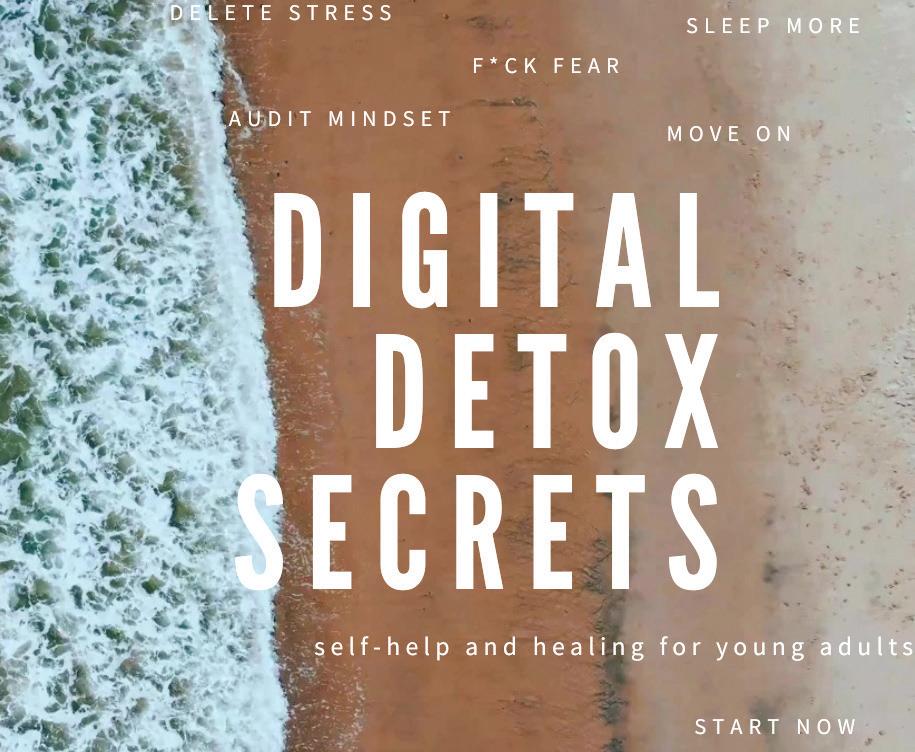






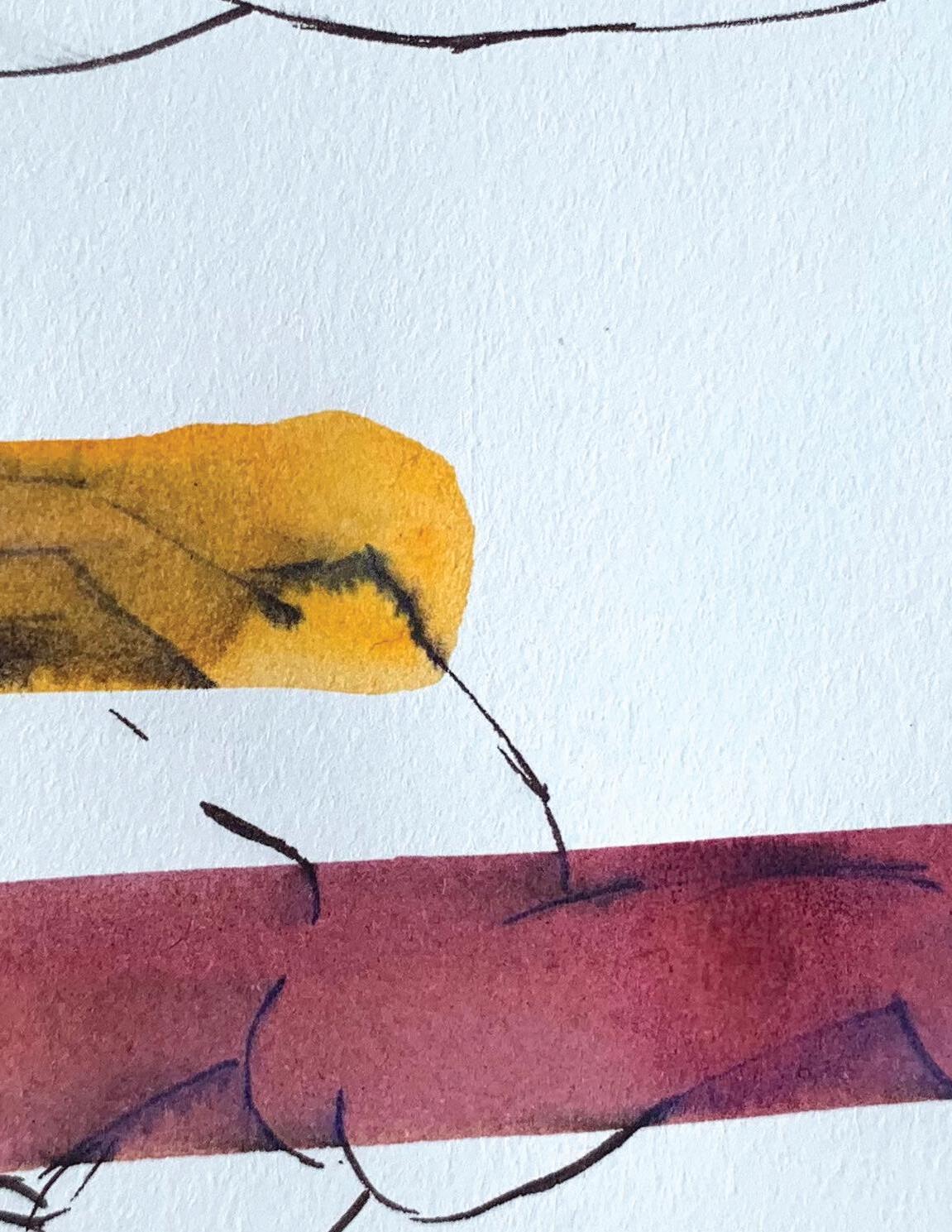


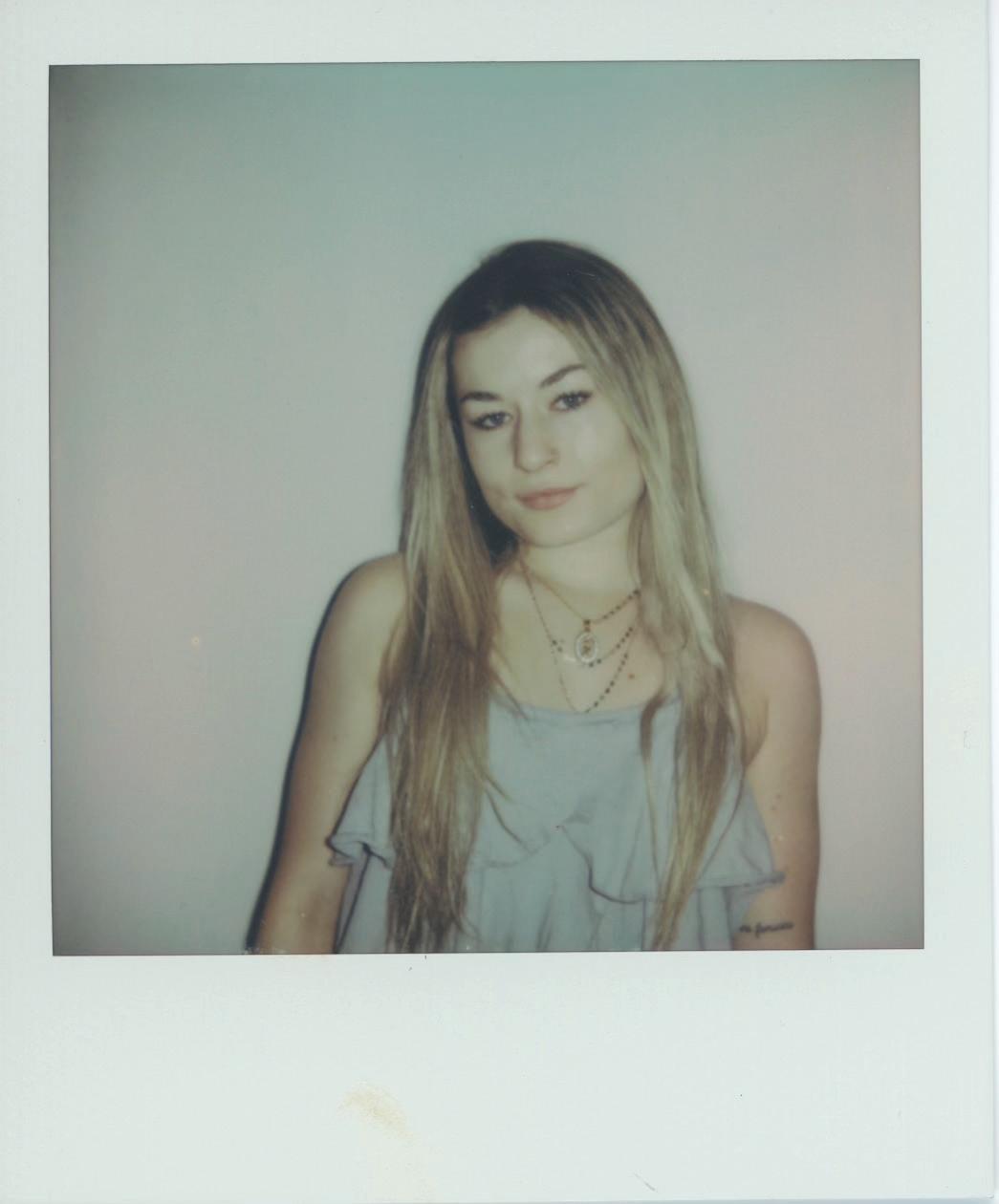

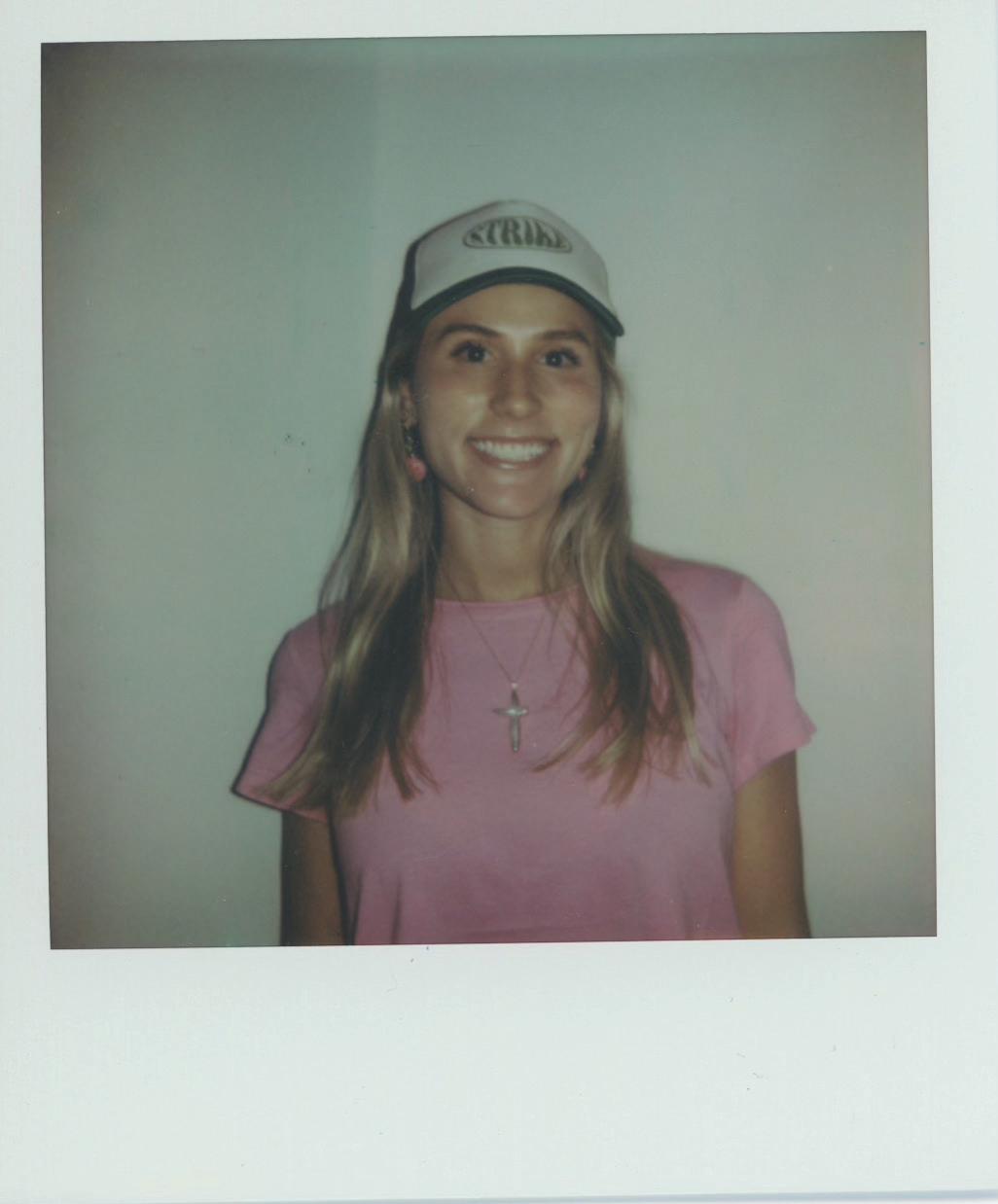
 Ava Zimny Beauty Director
Caitlyn Cano Production Director
Morgann Rhule Web Director
Bella Kubach Editorial Director
Kennedy Carbert Styling Director
Ava Zimny Beauty Director
Caitlyn Cano Production Director
Morgann Rhule Web Director
Bella Kubach Editorial Director
Kennedy Carbert Styling Director

We are all like birds.

strike out, sage josslyn holaway

